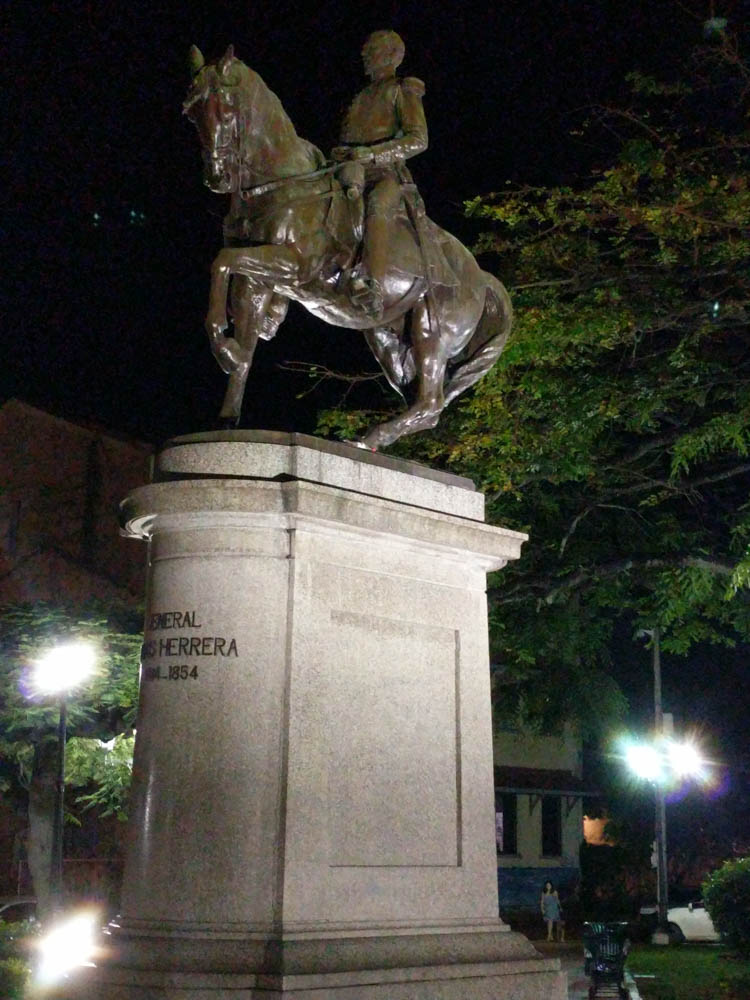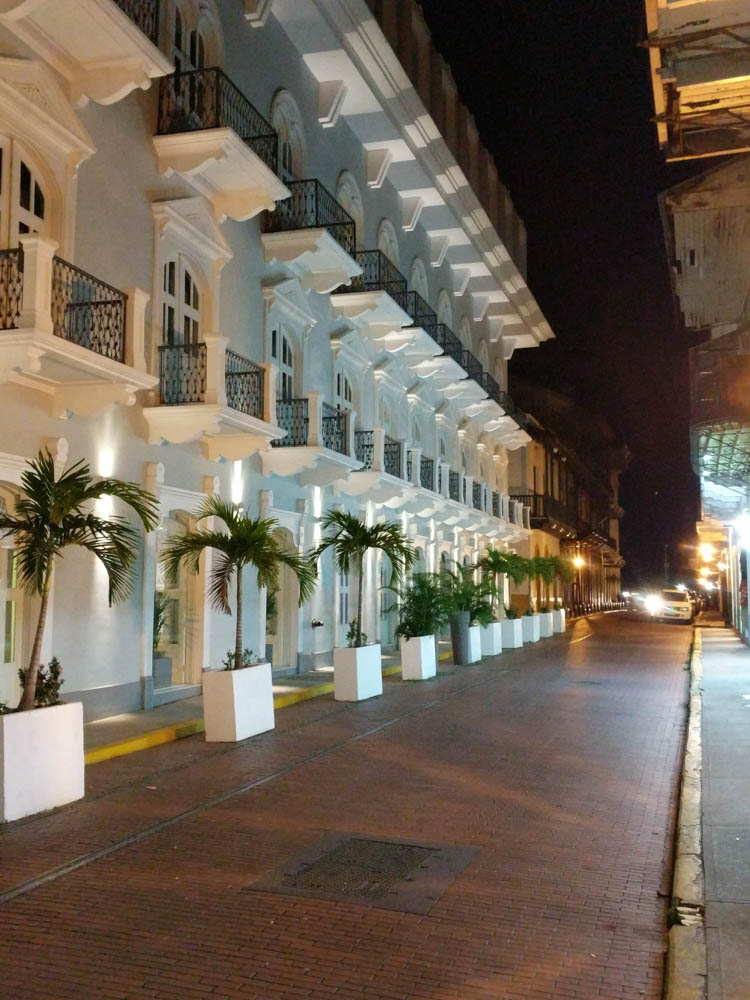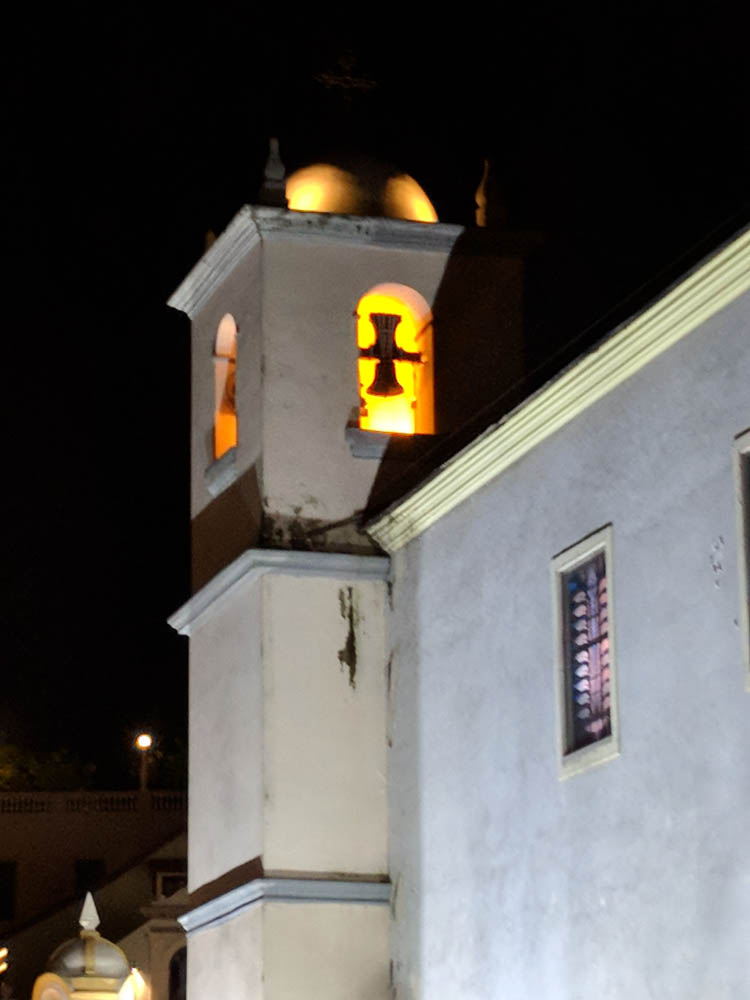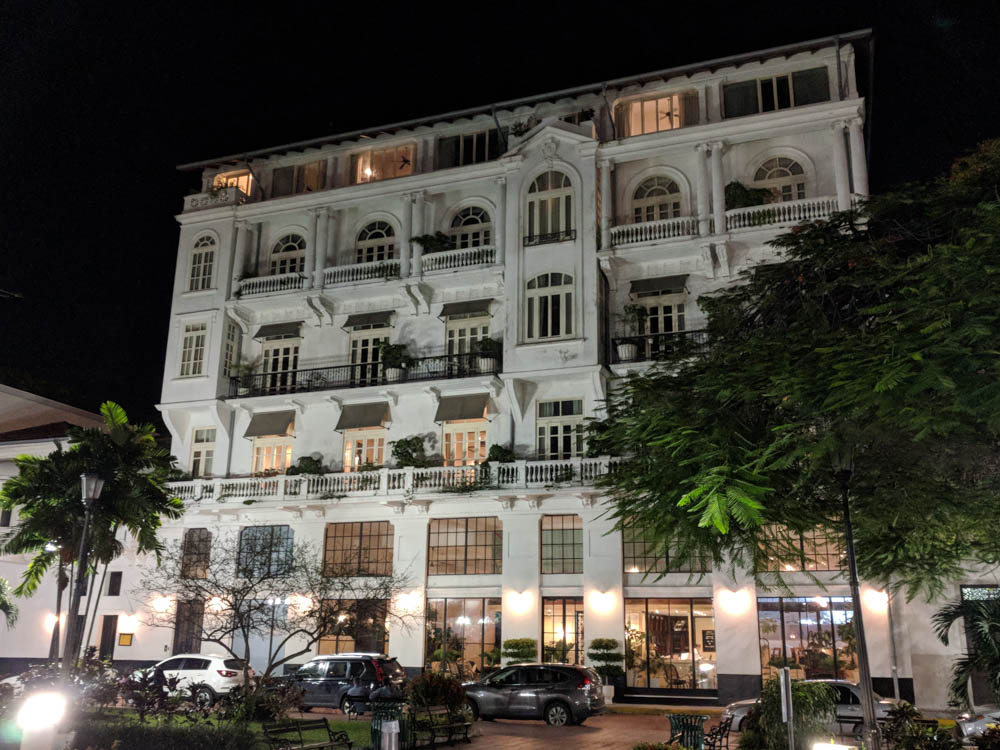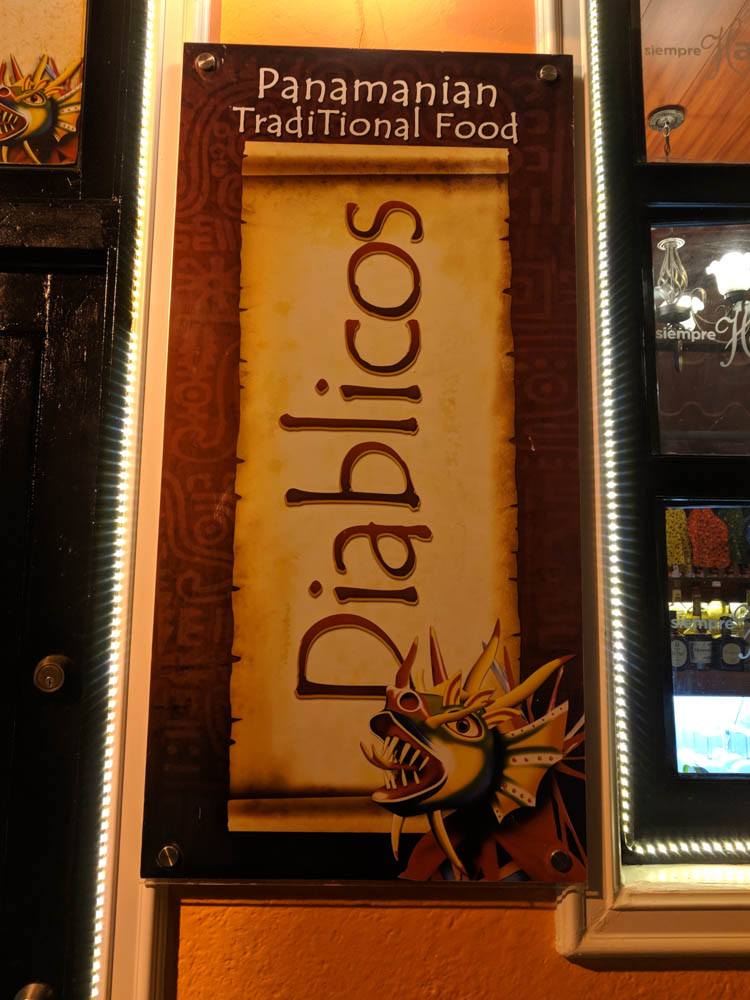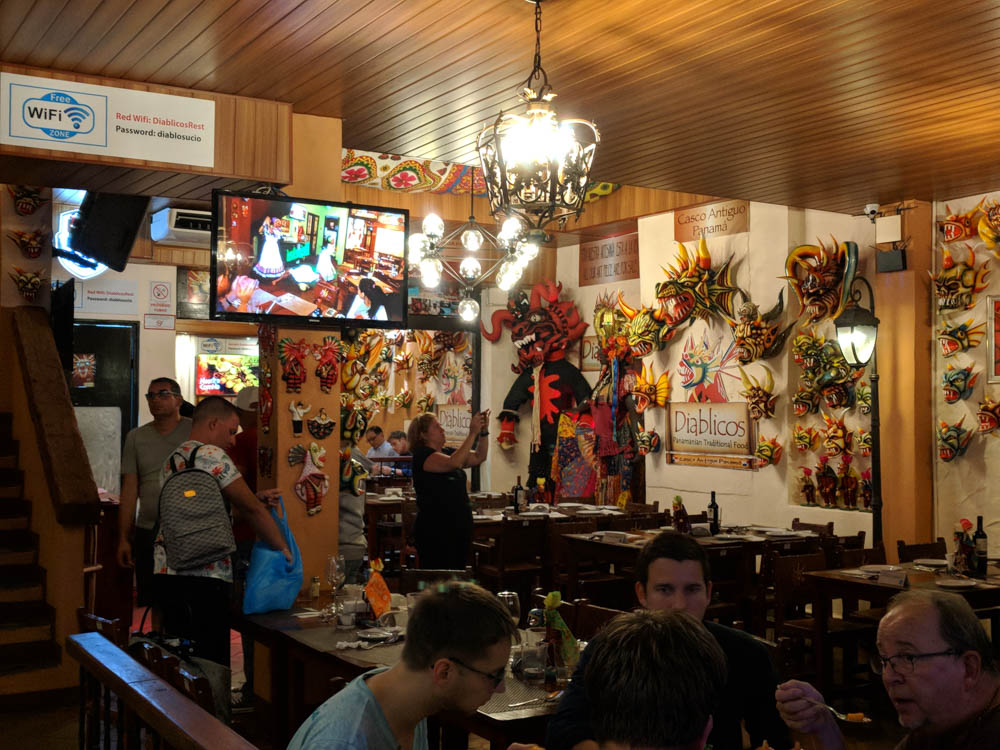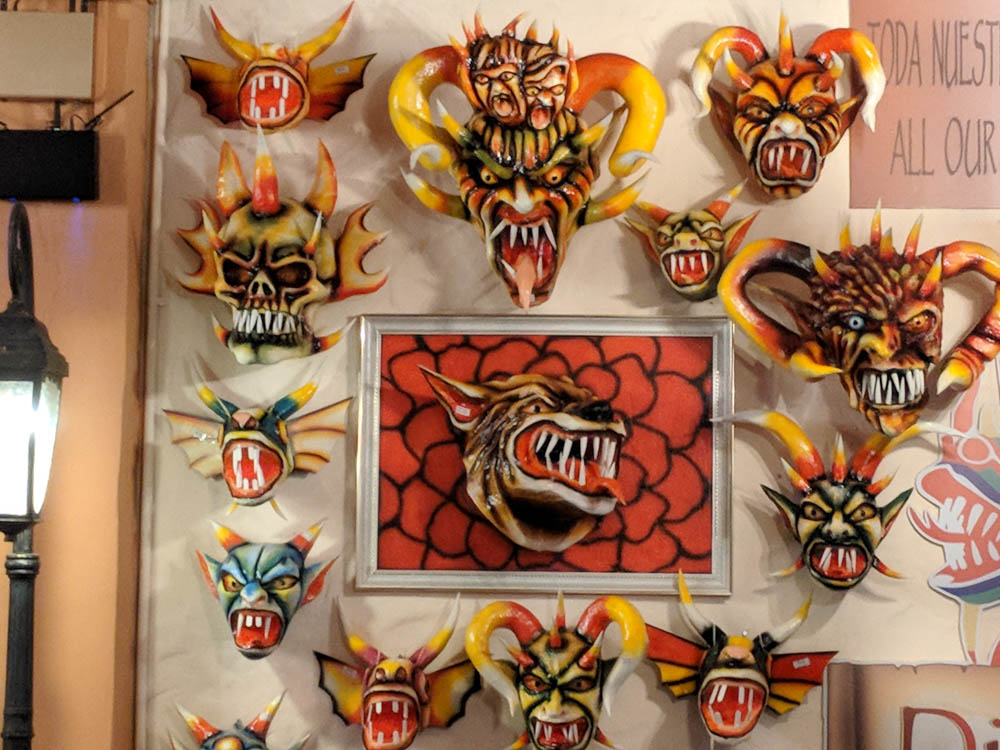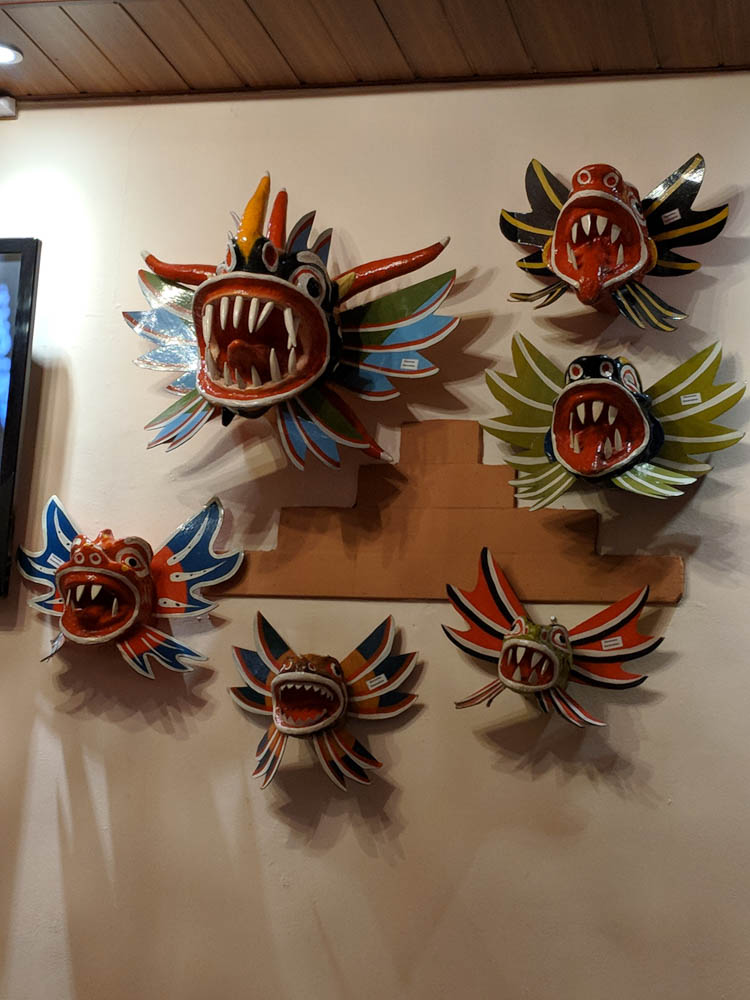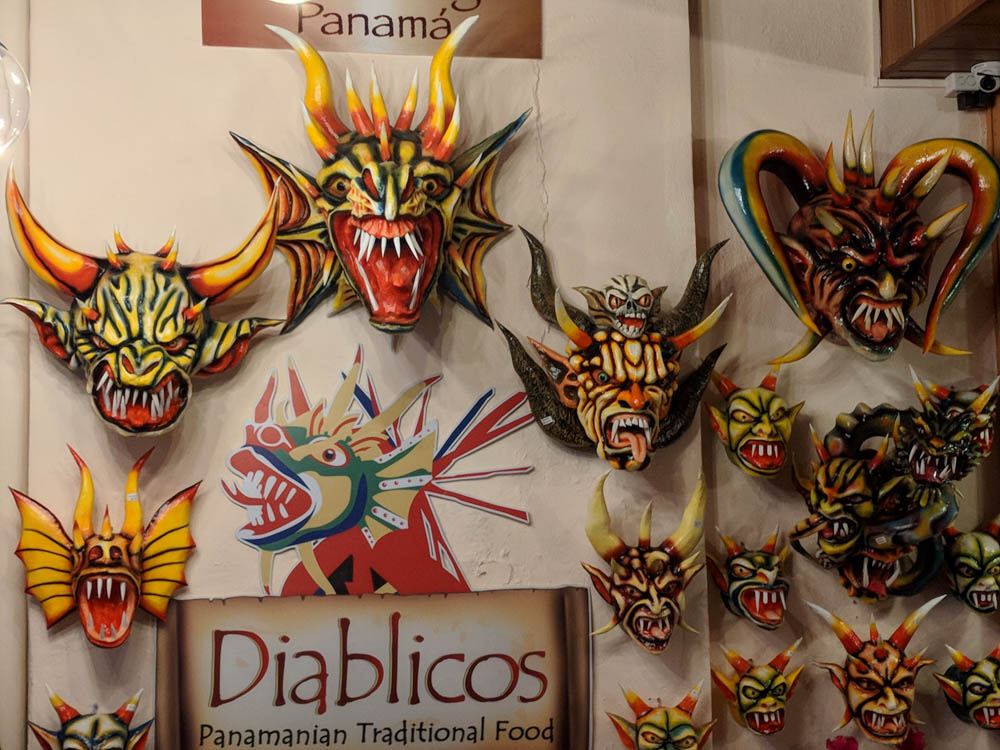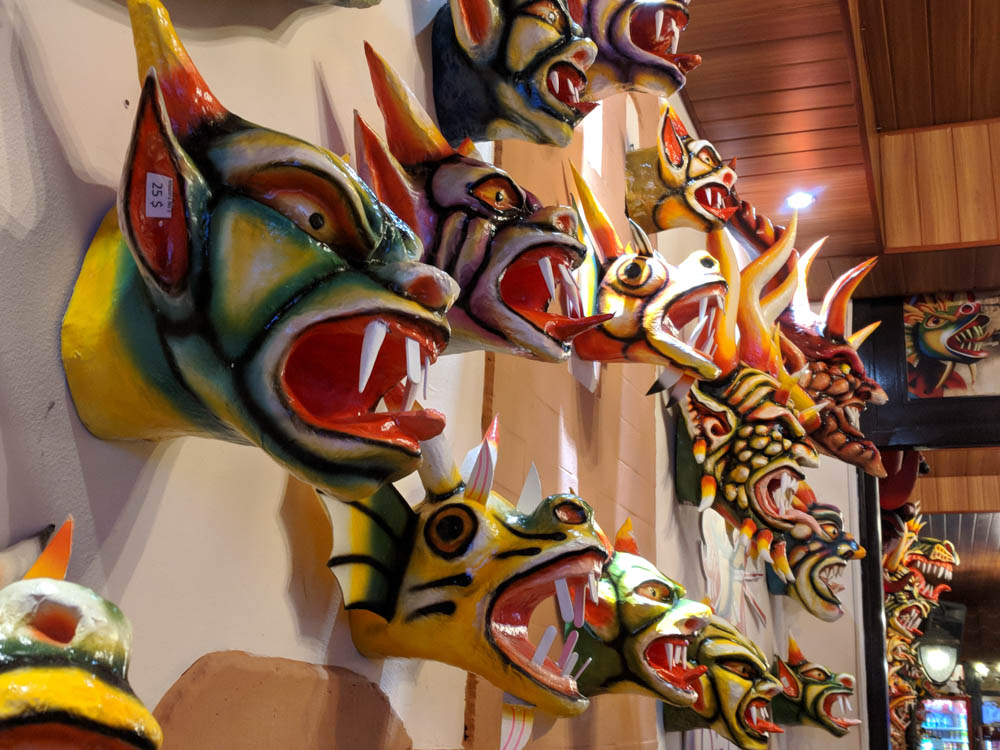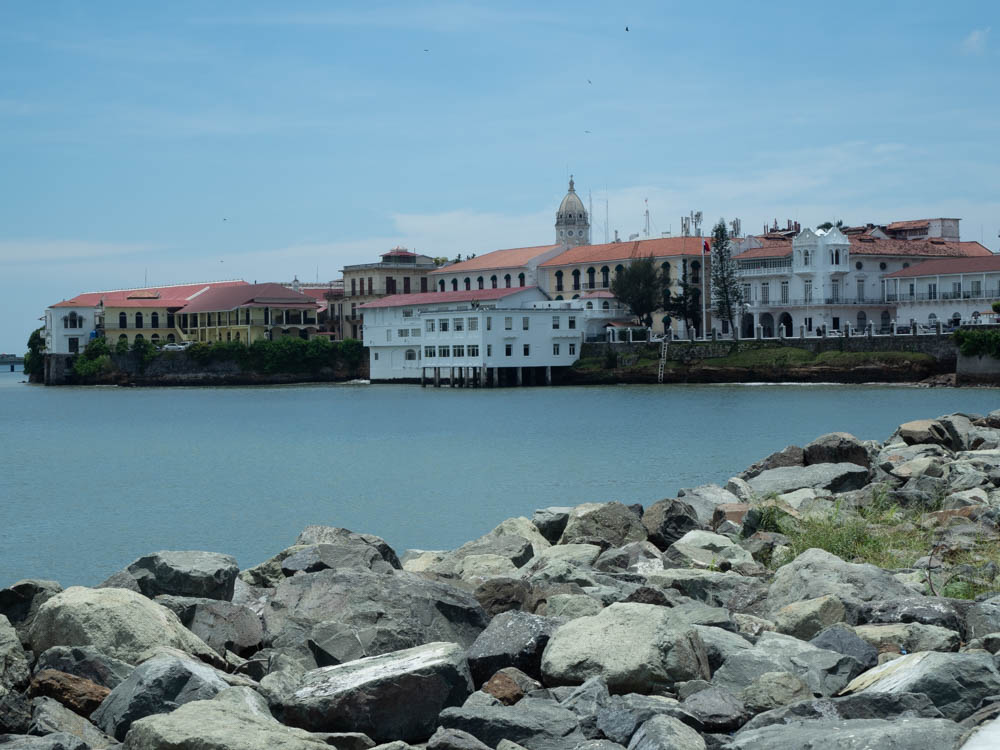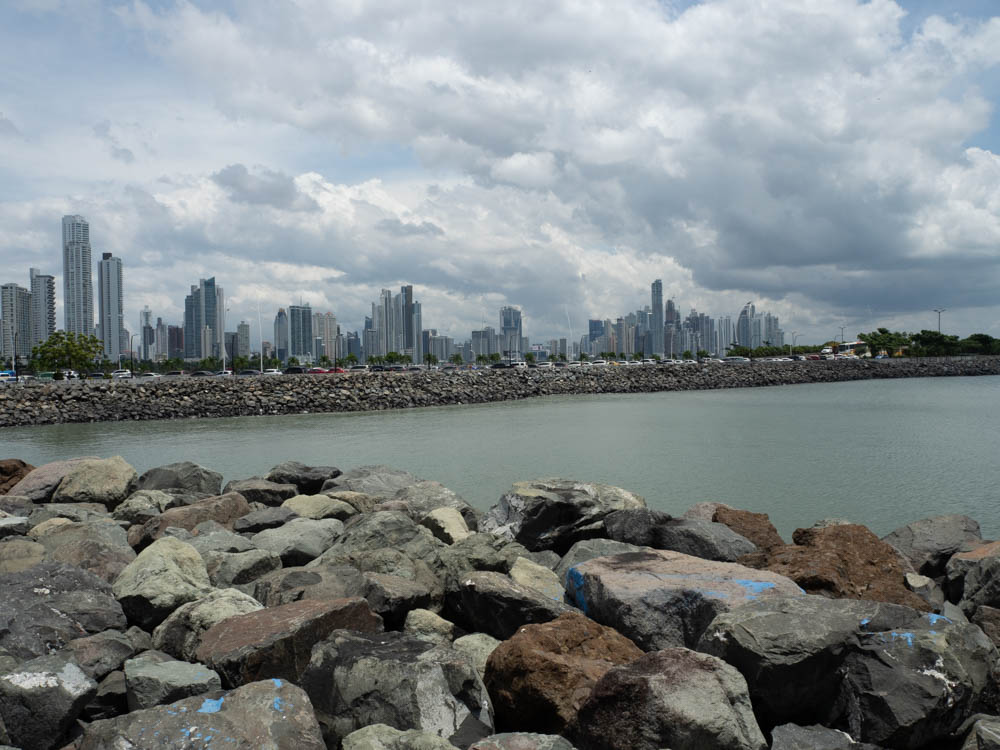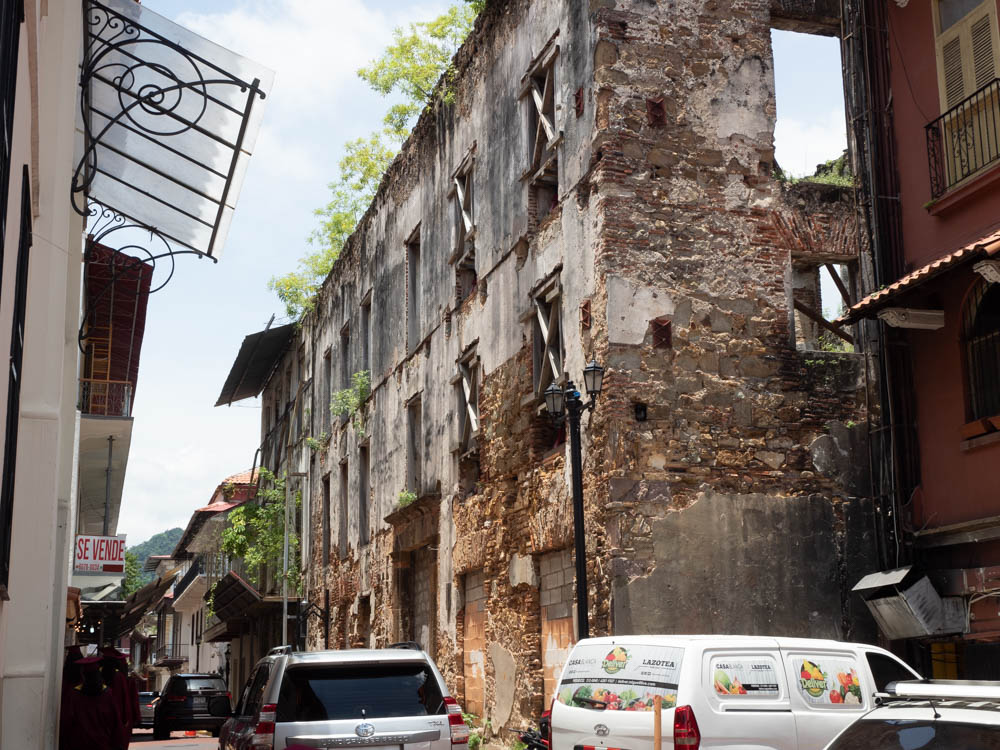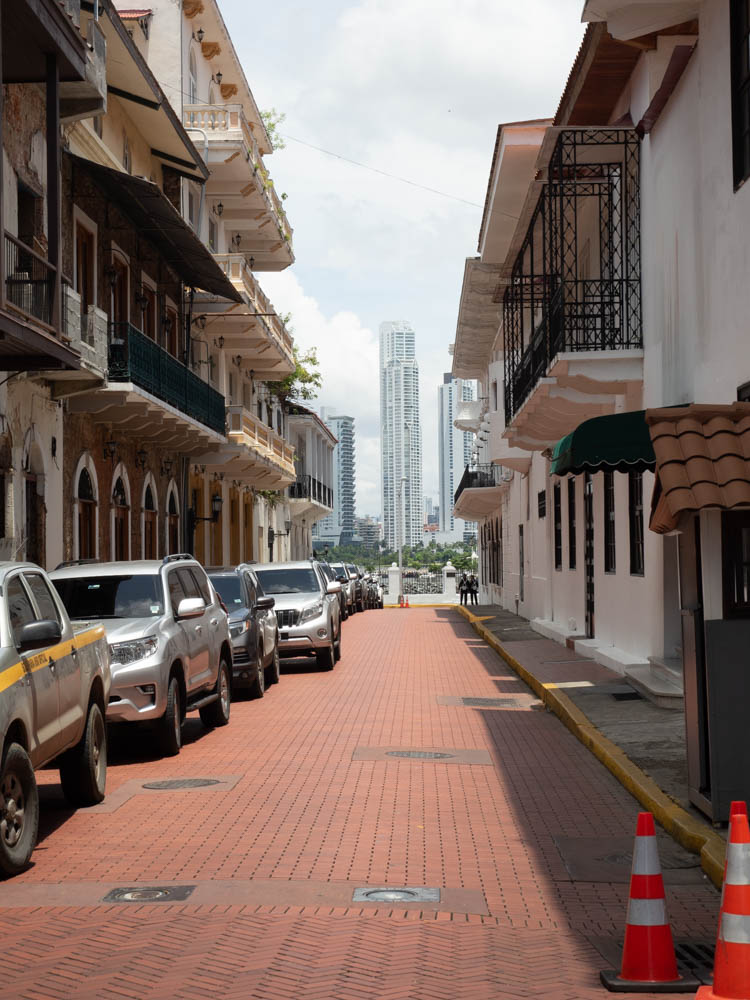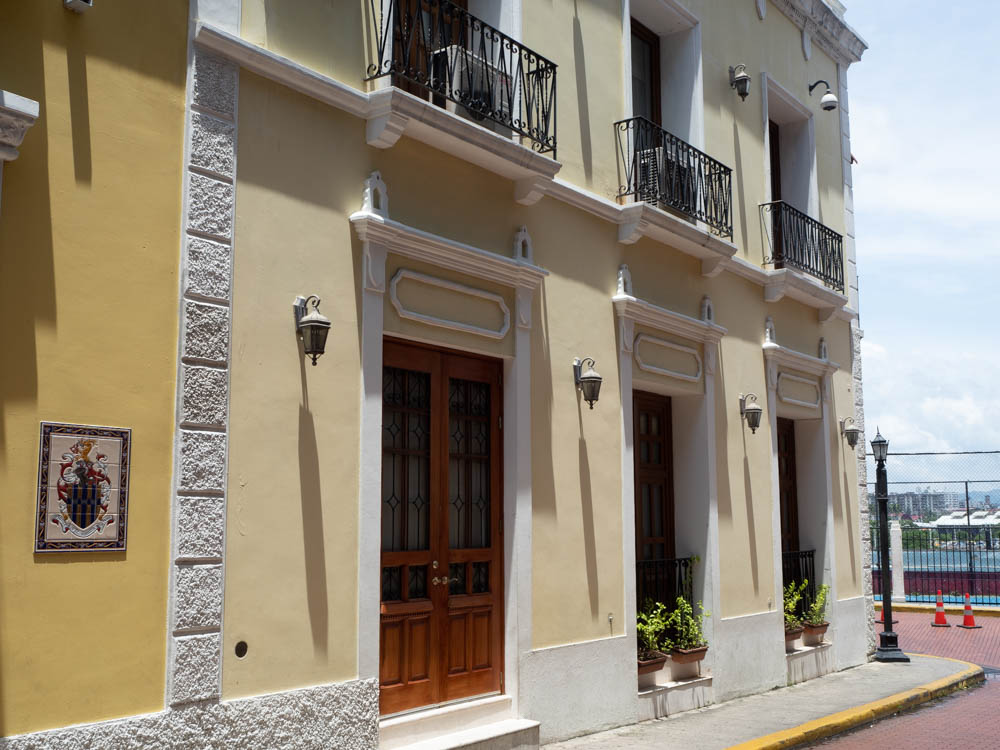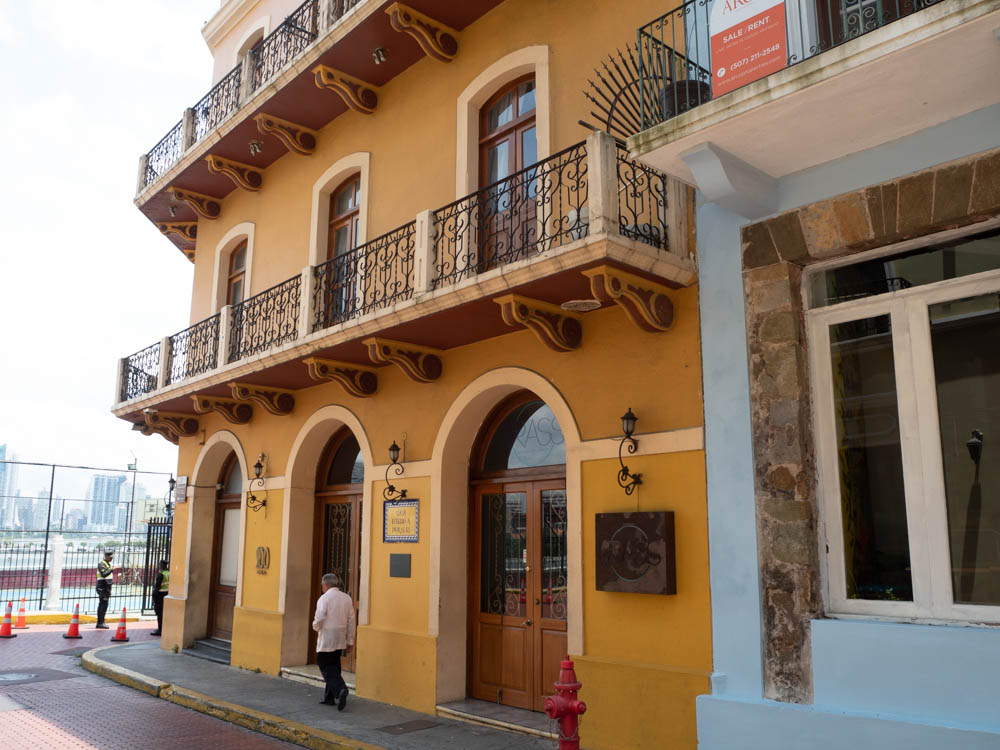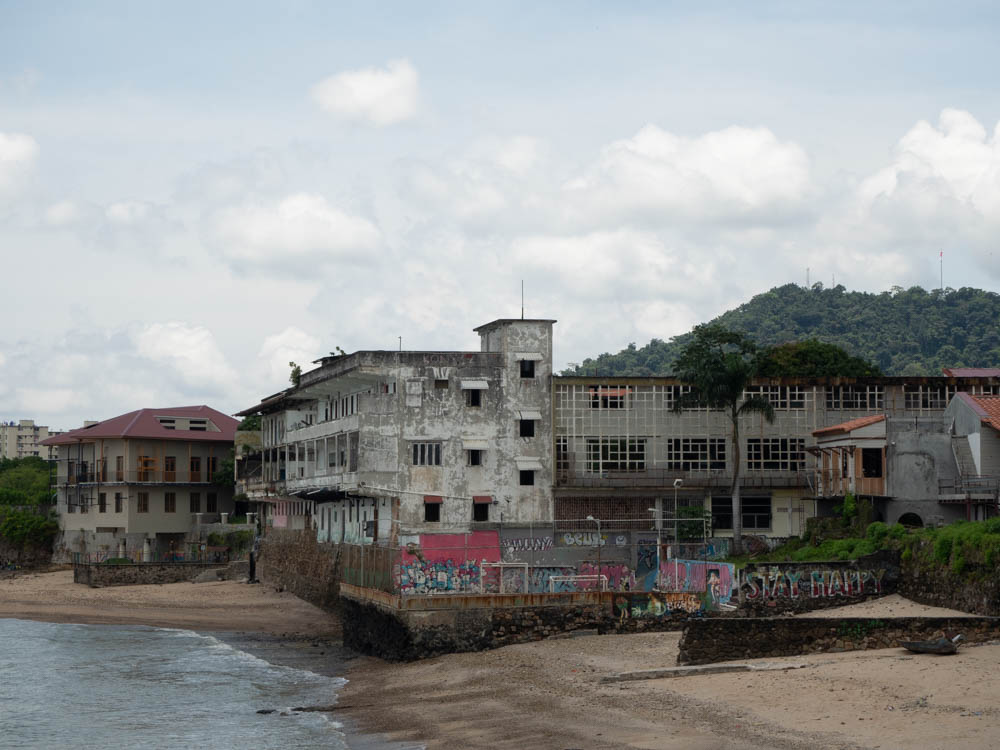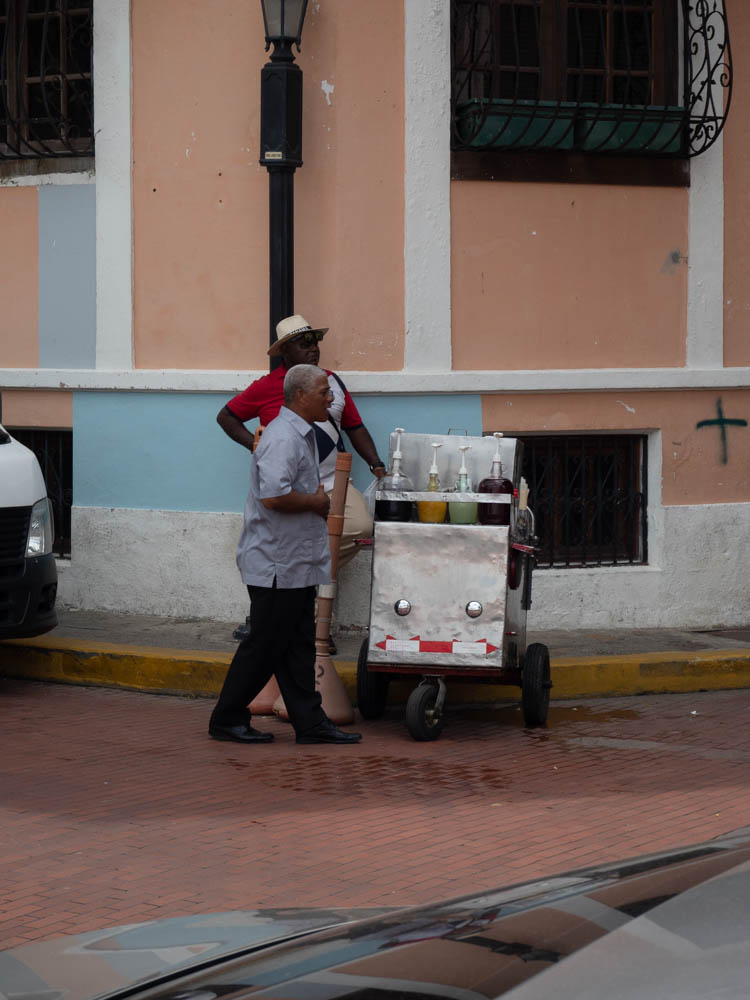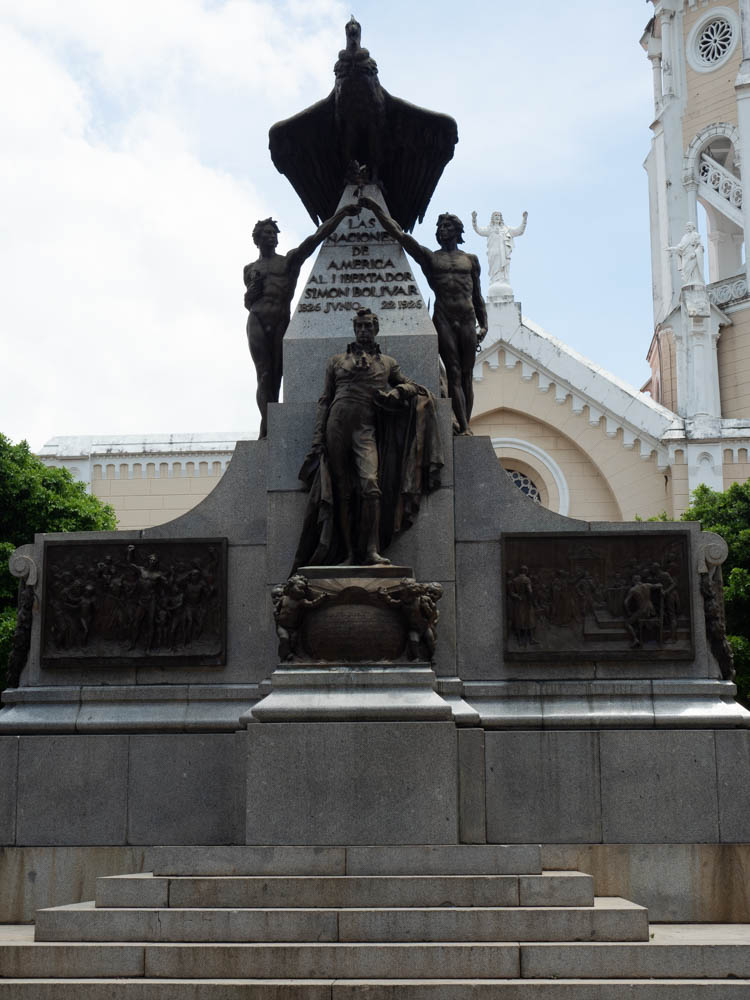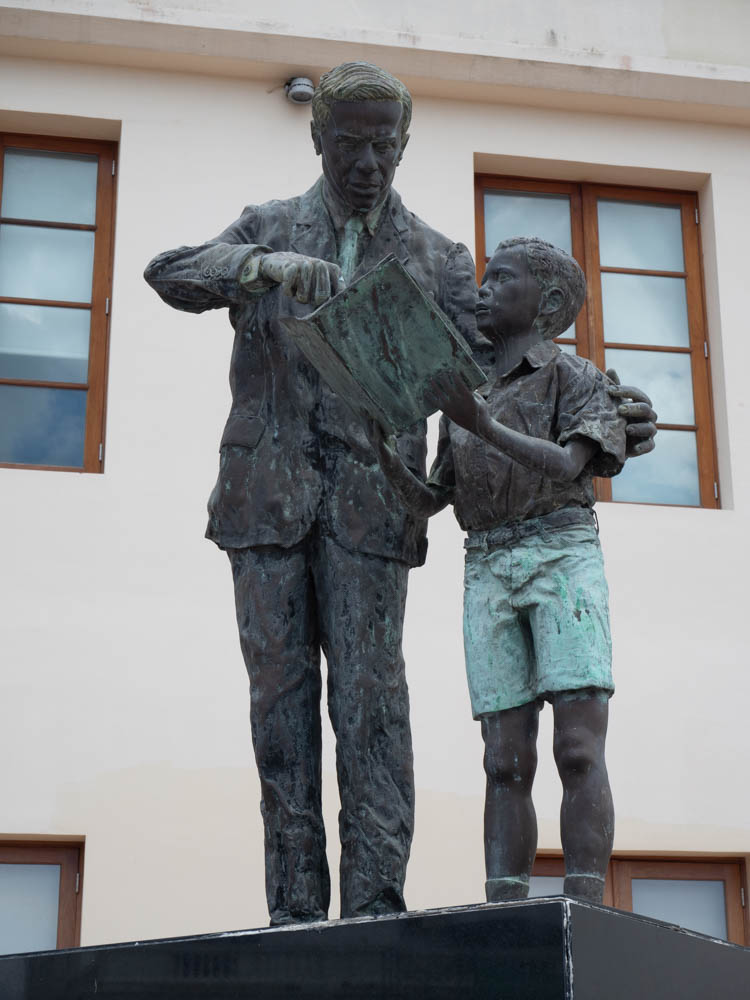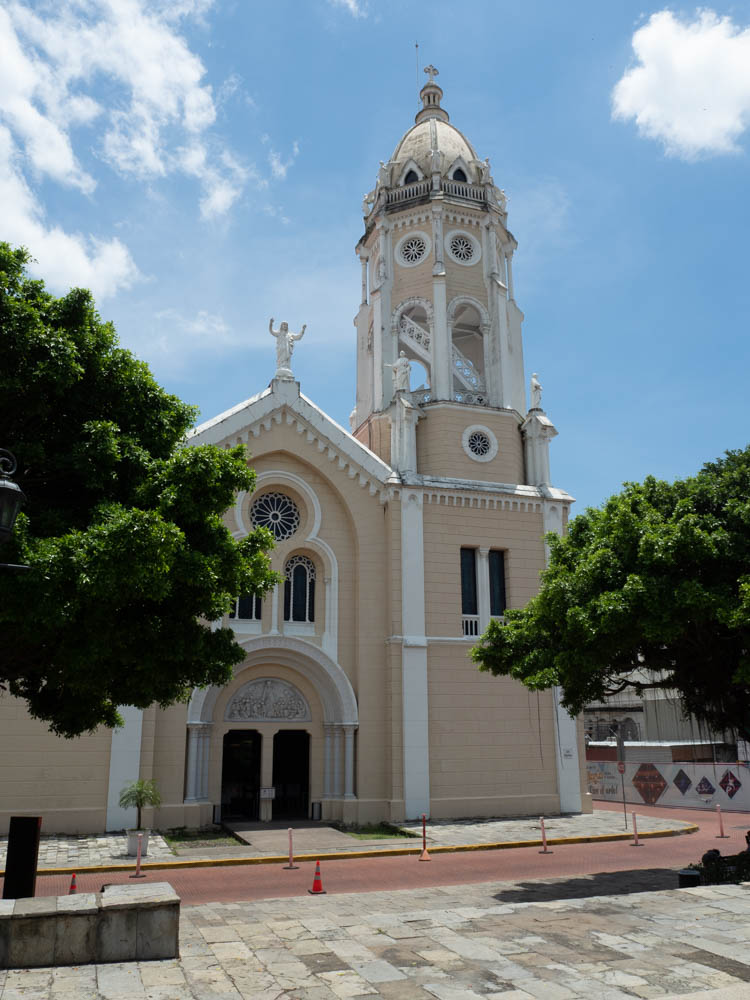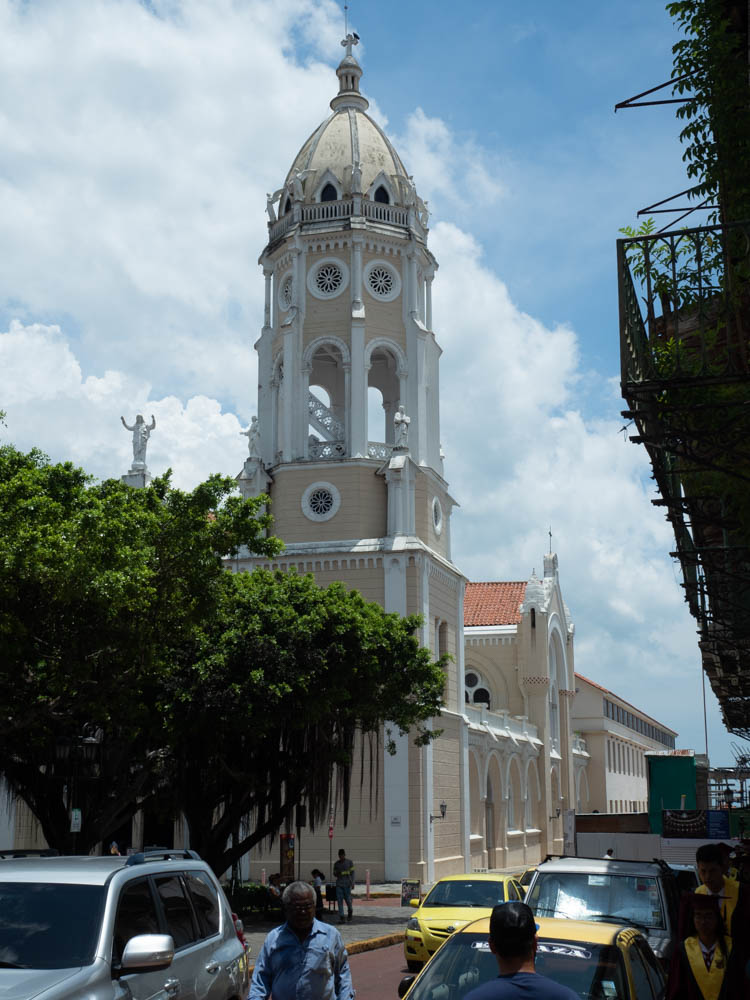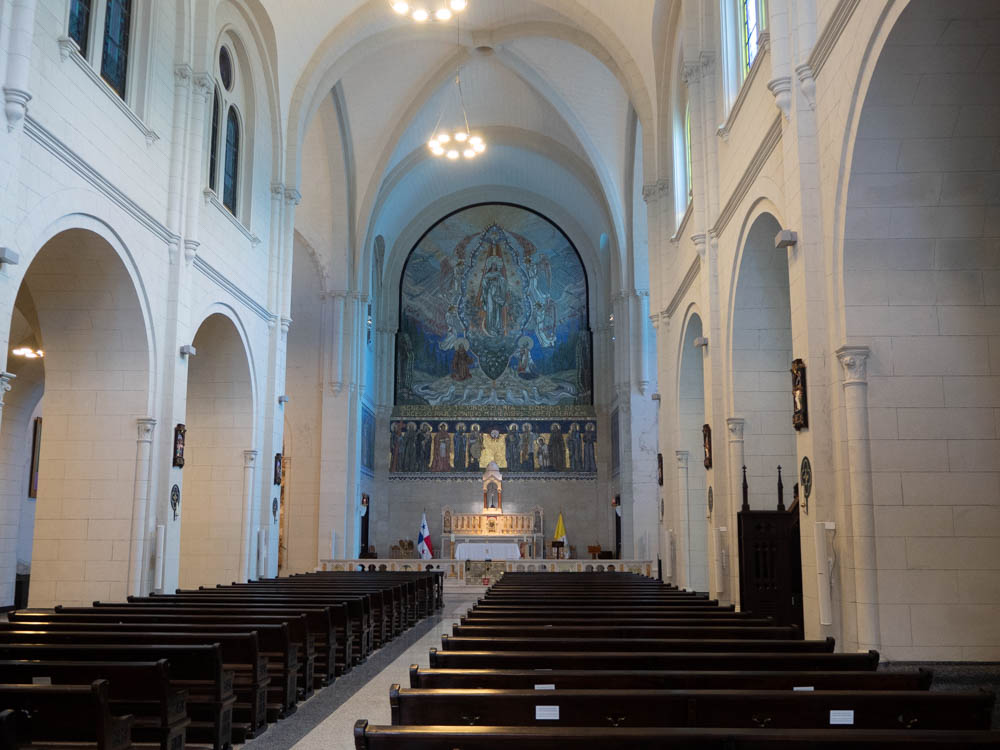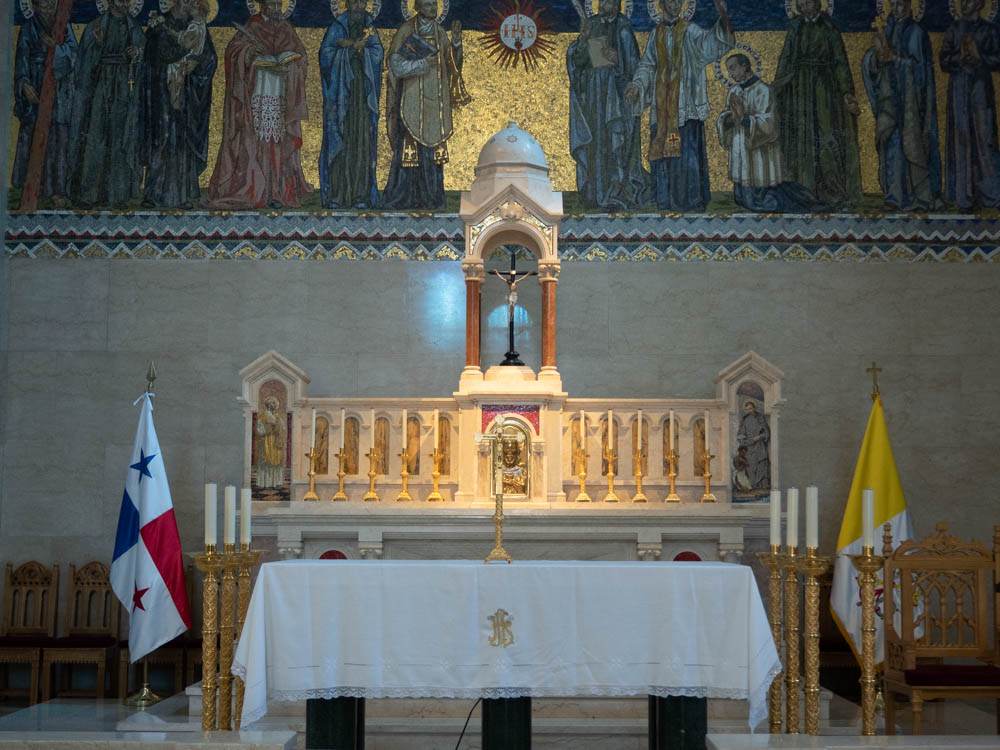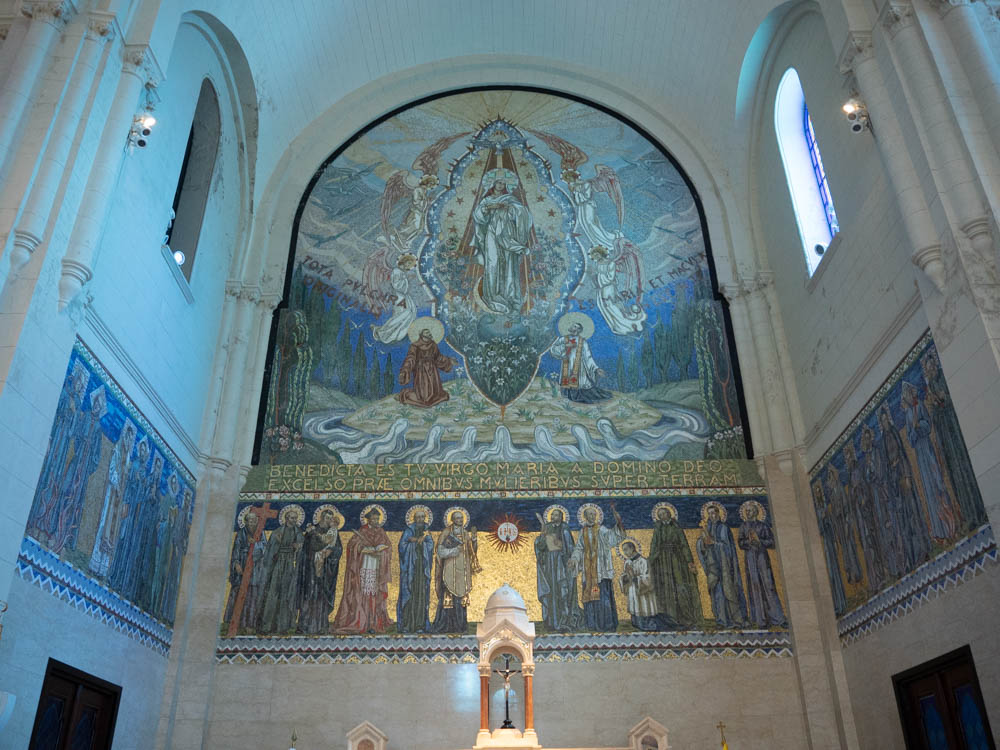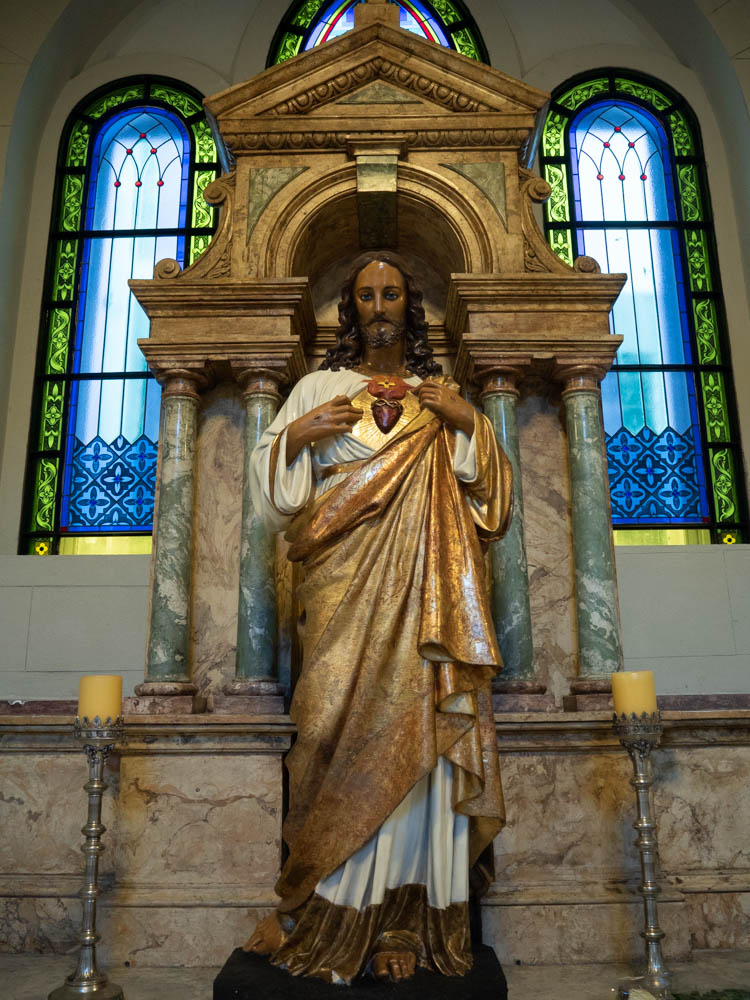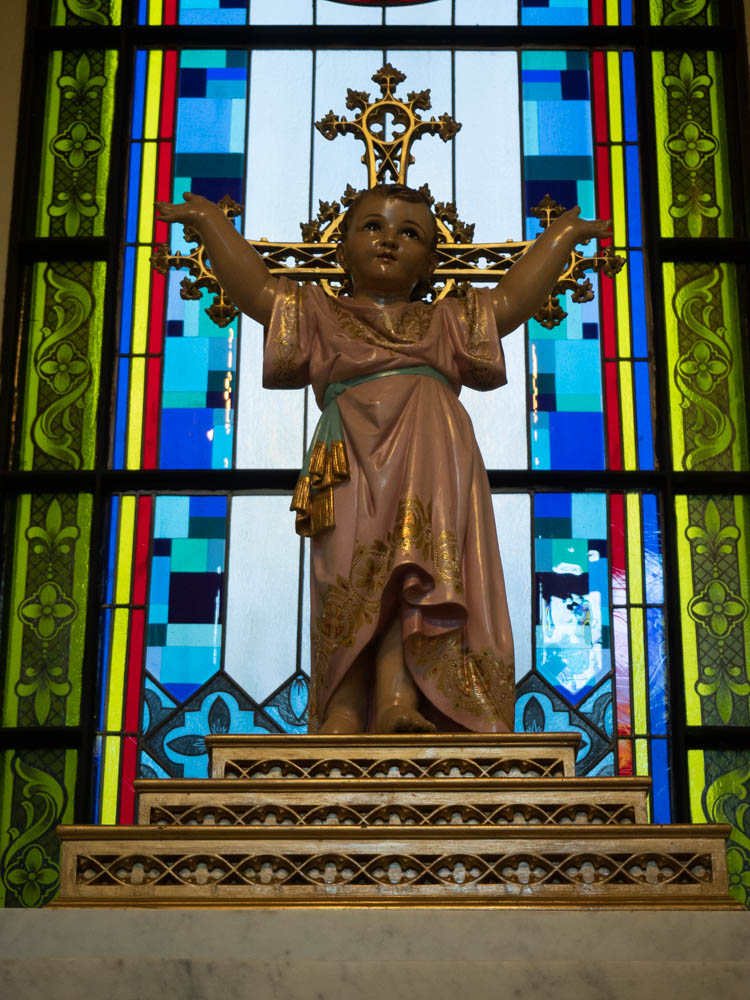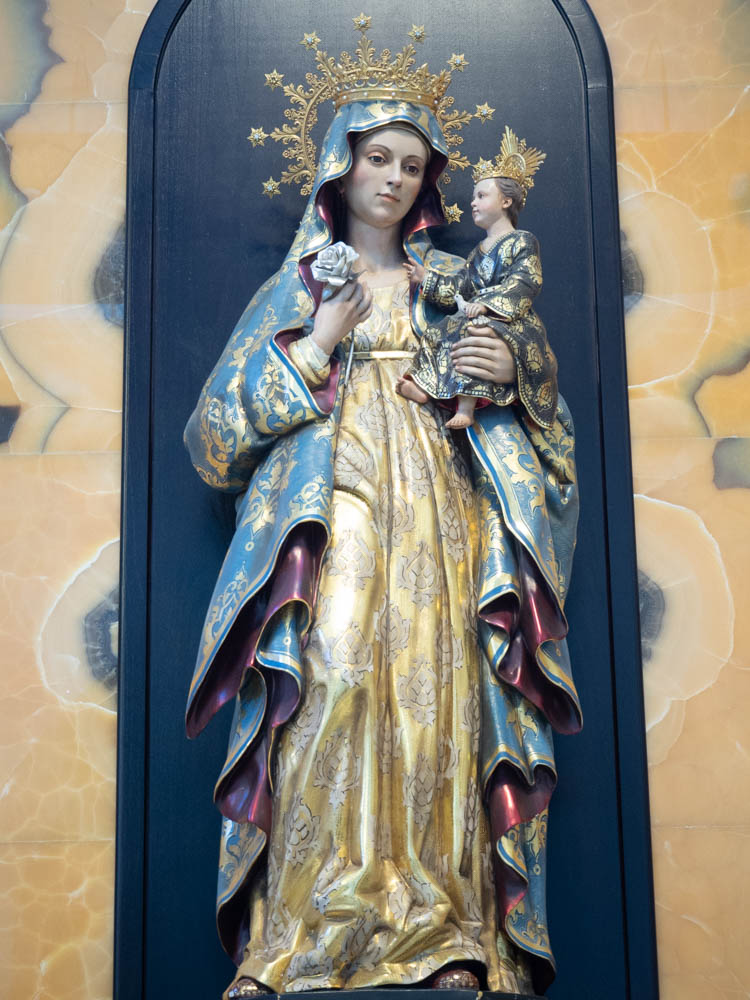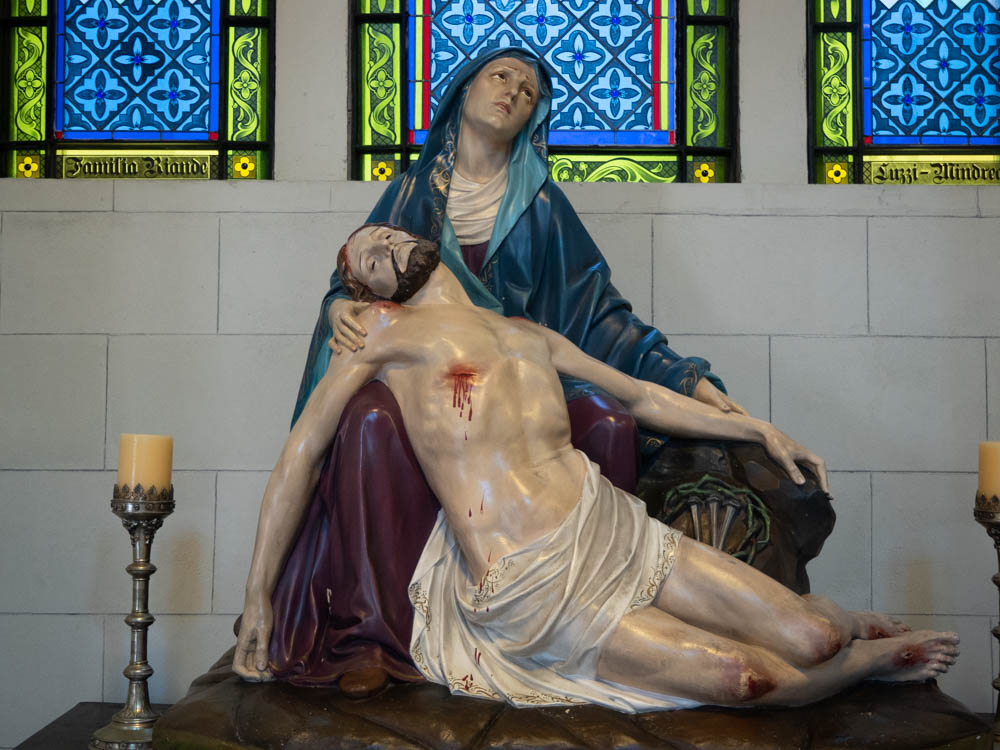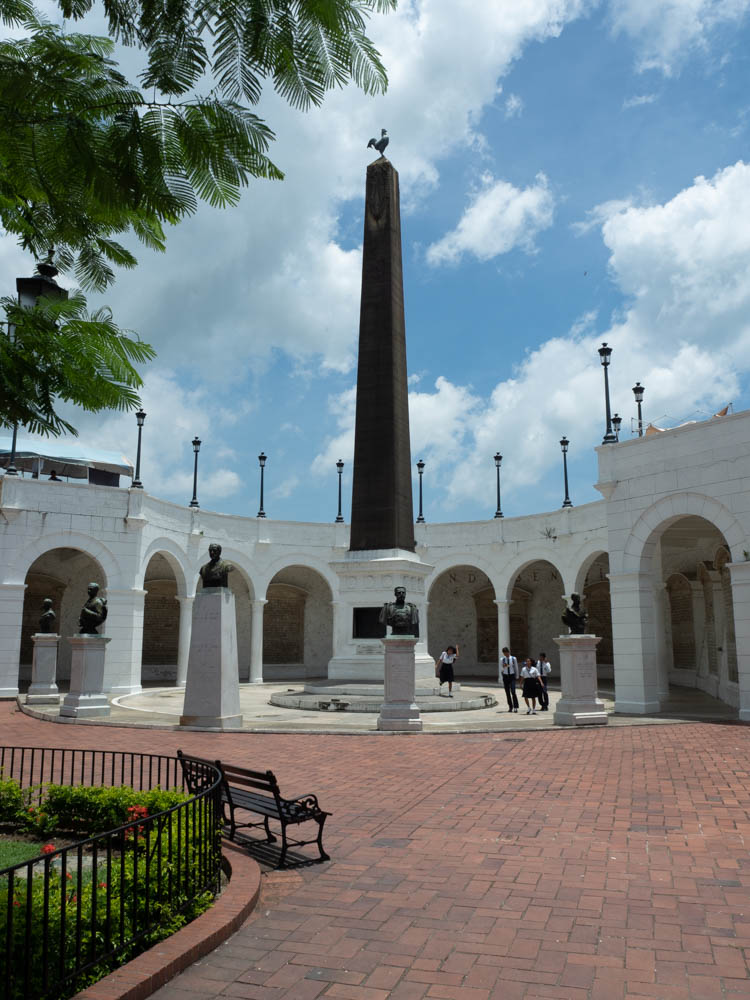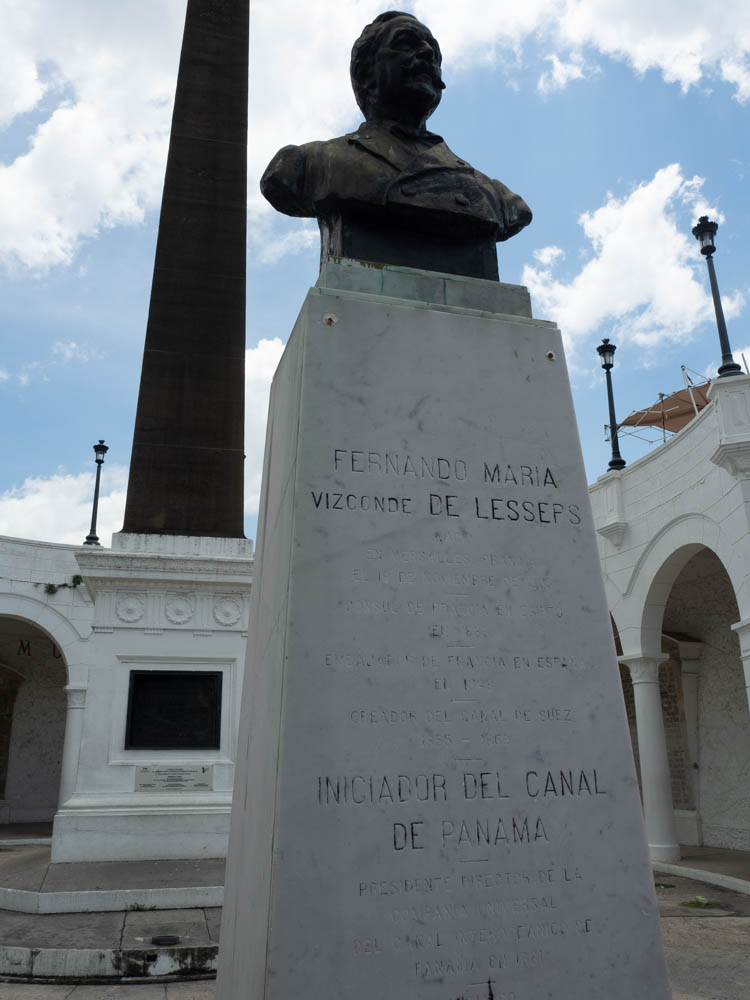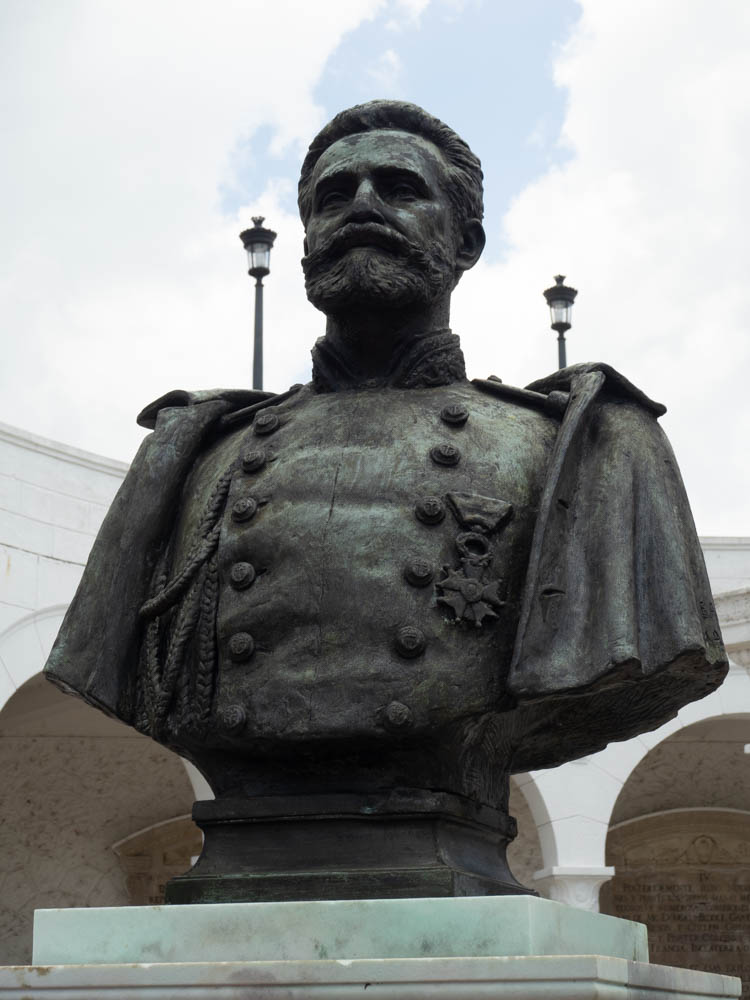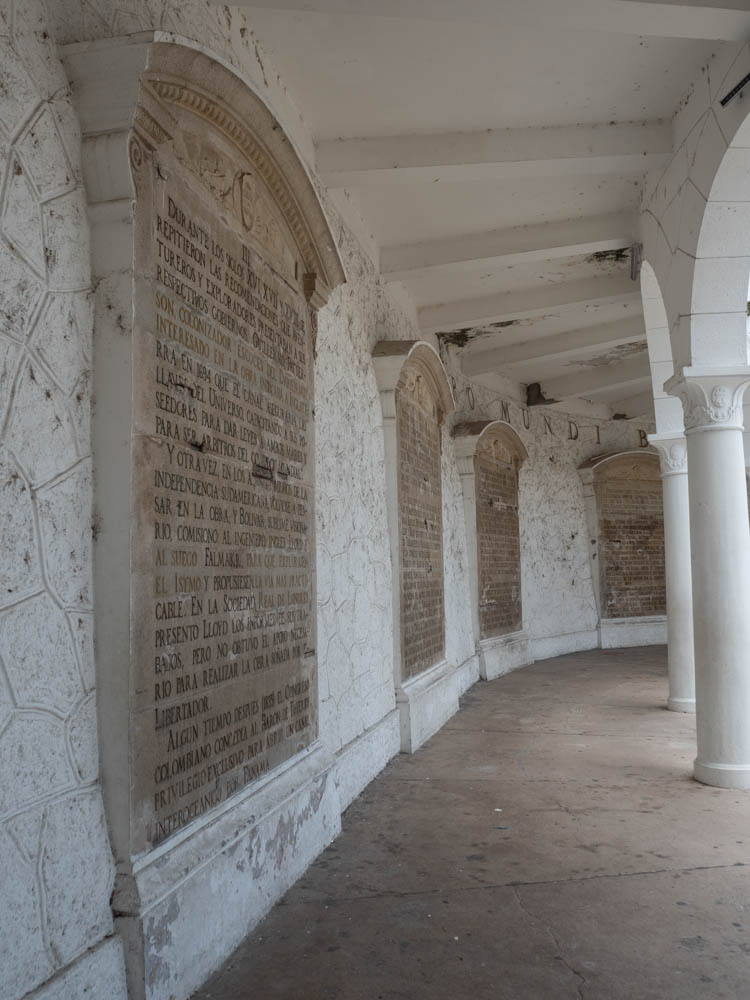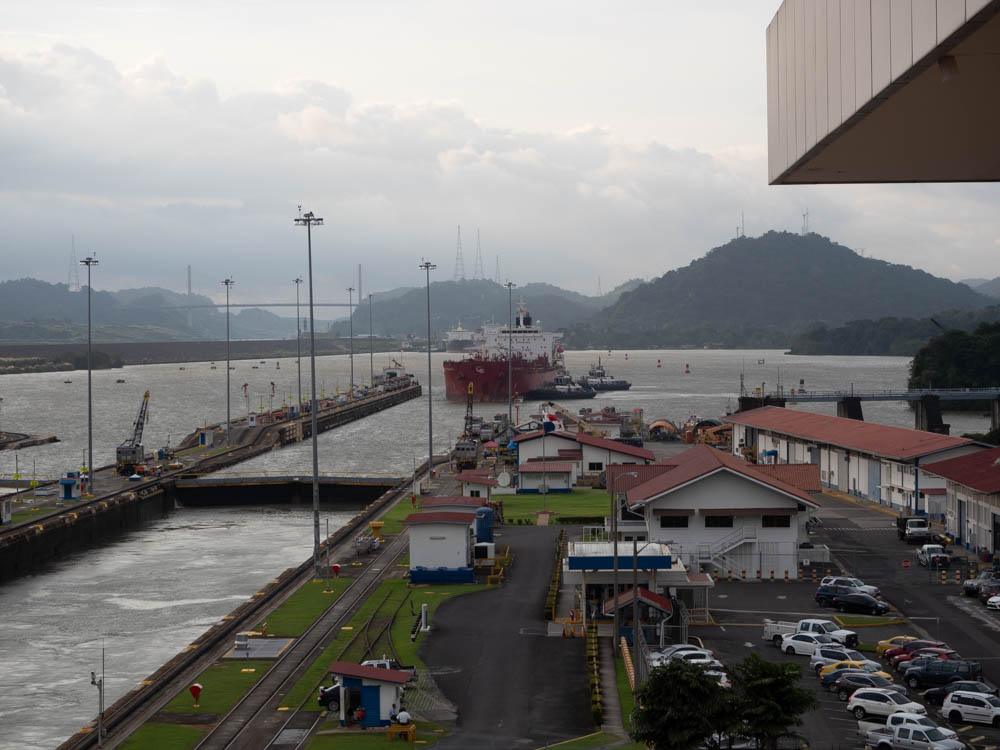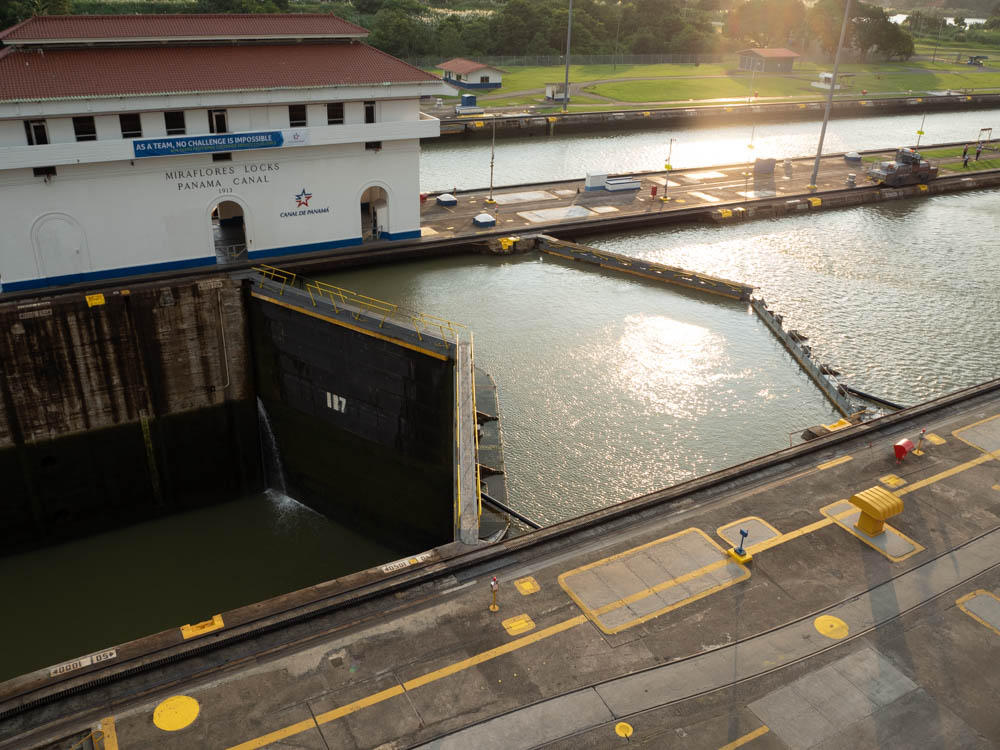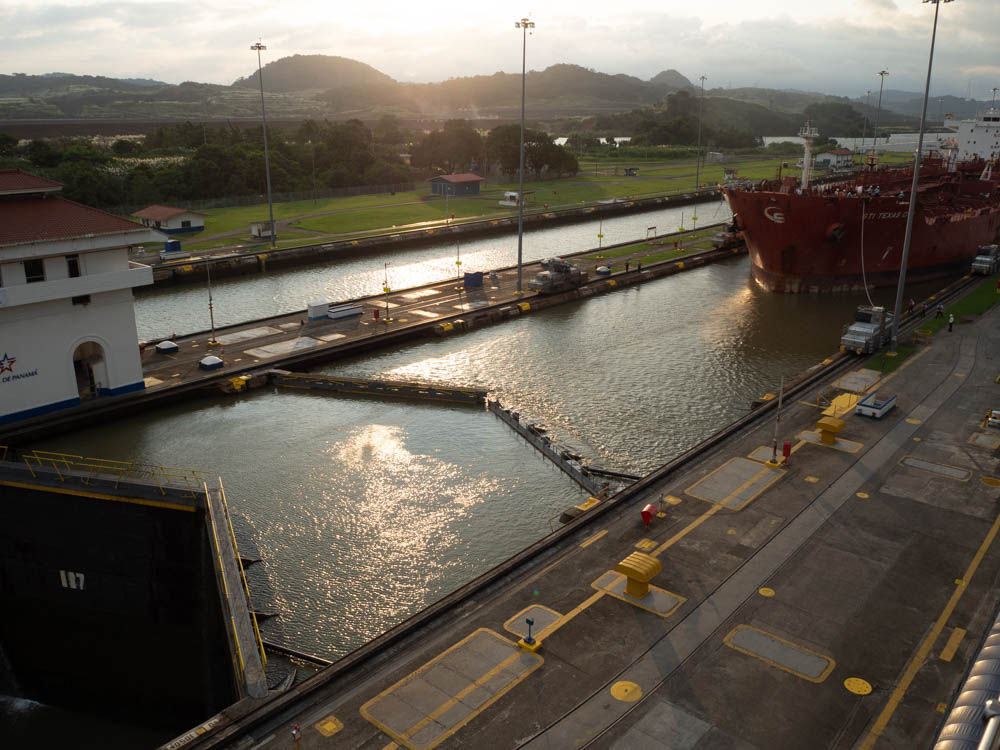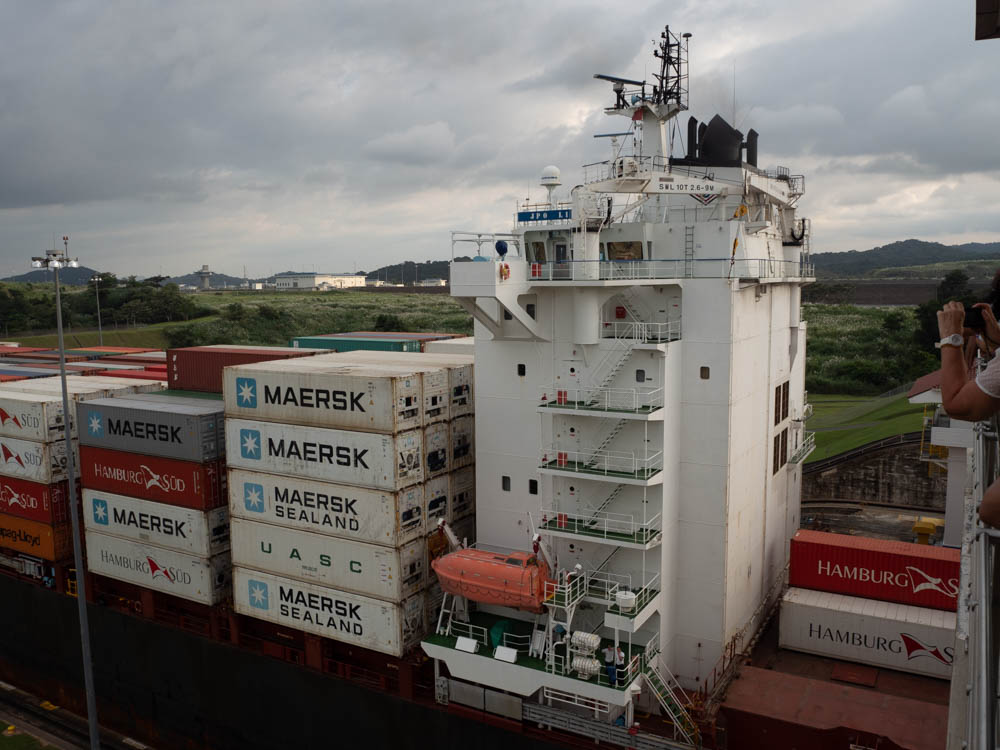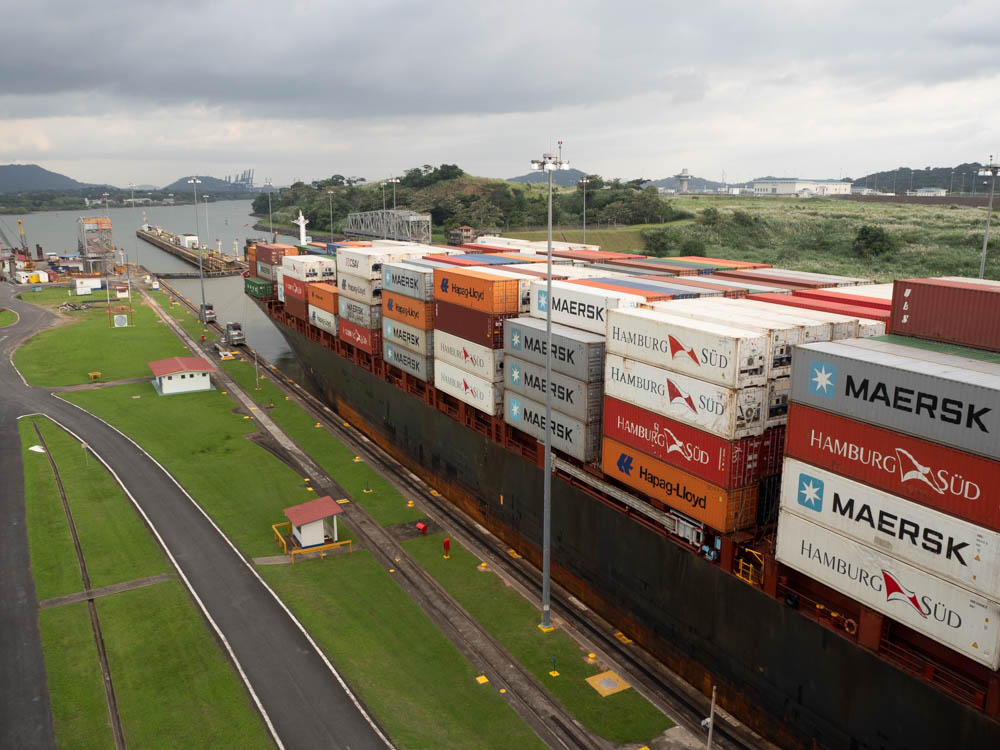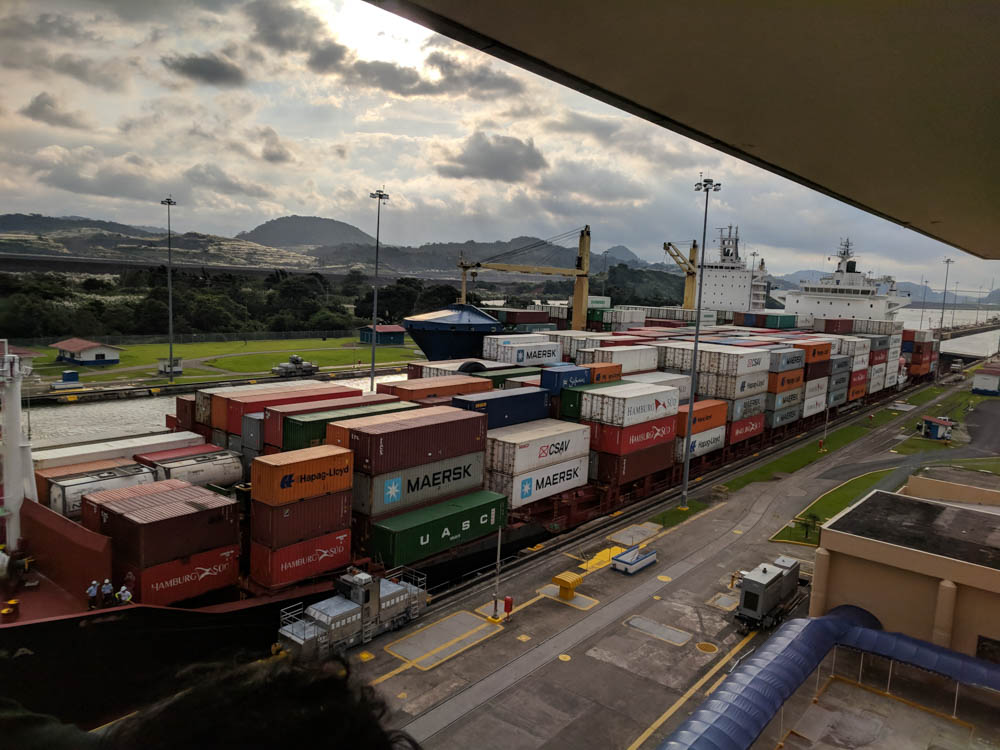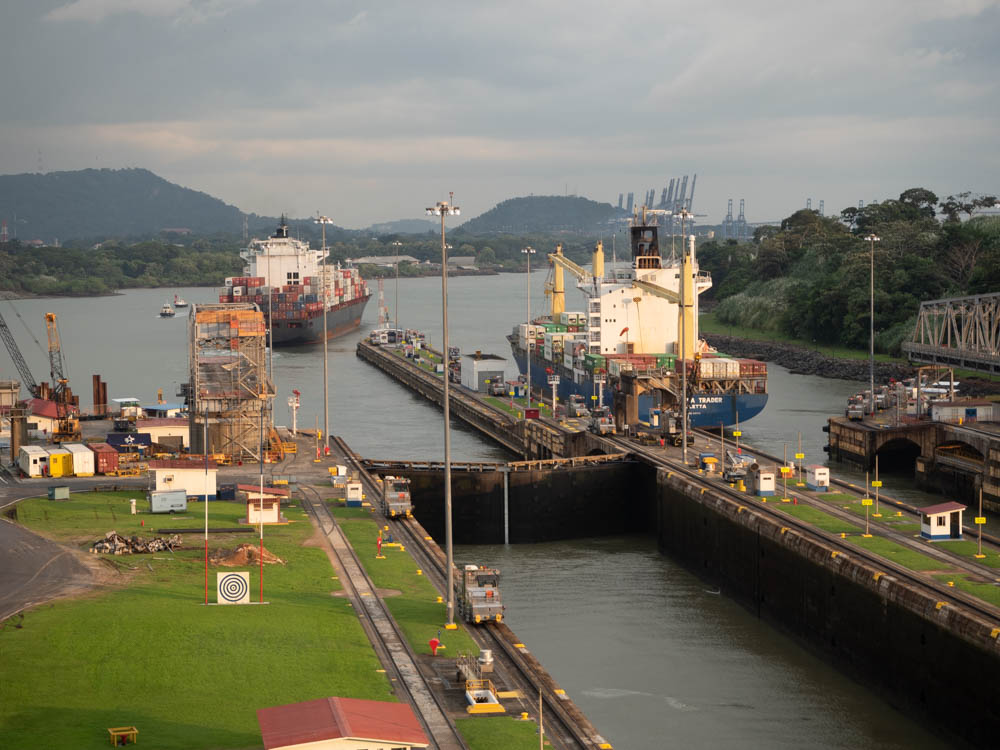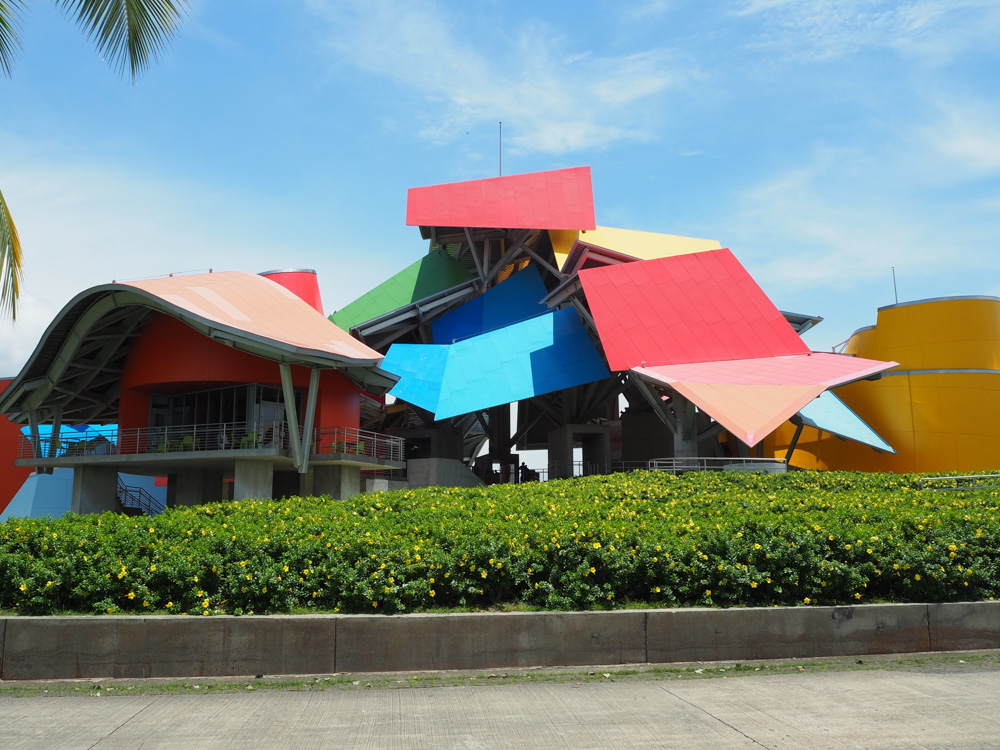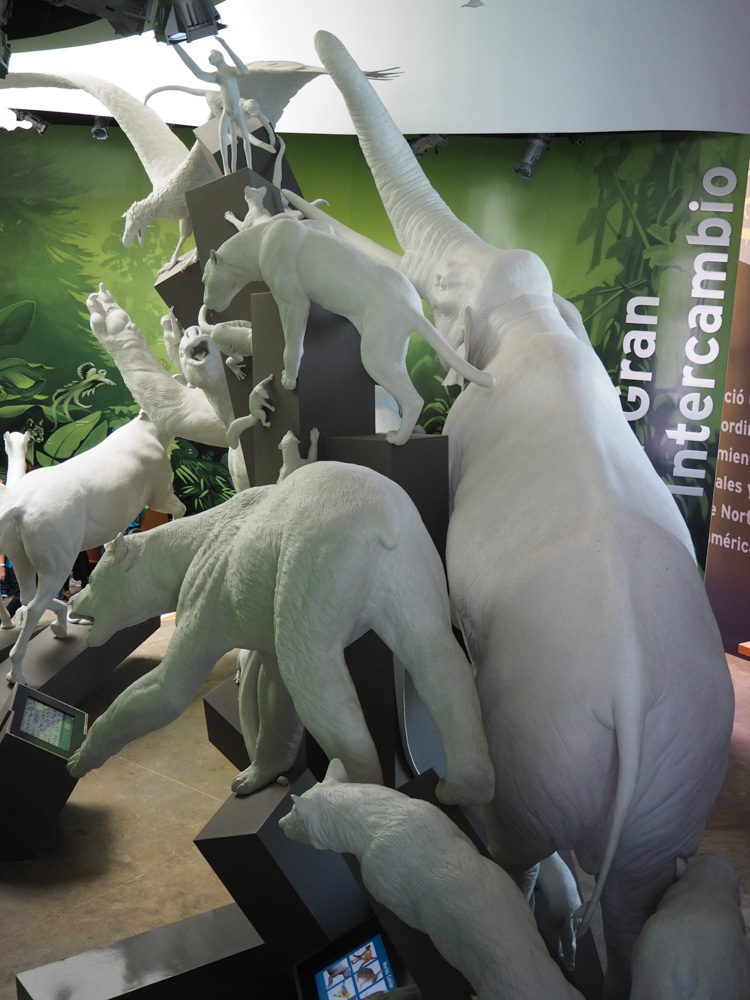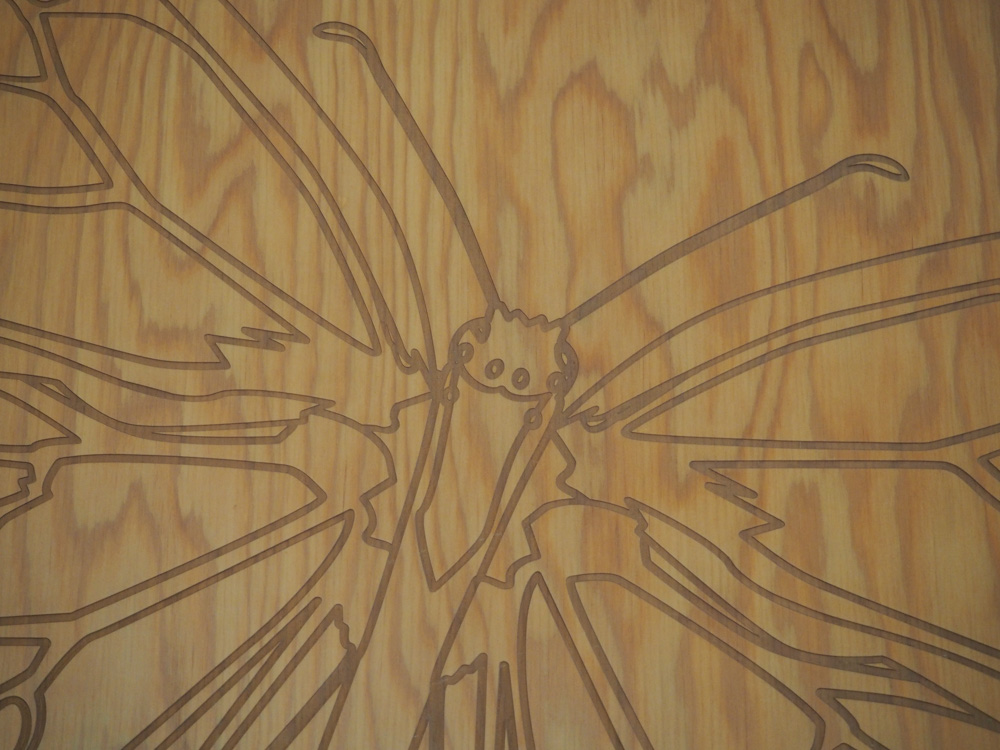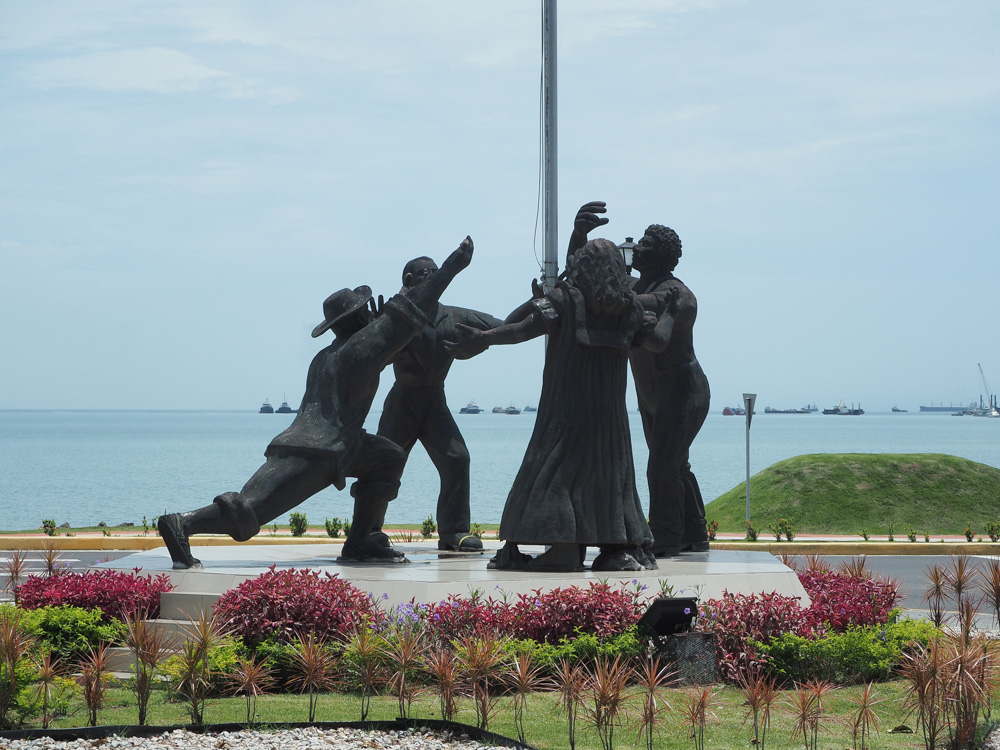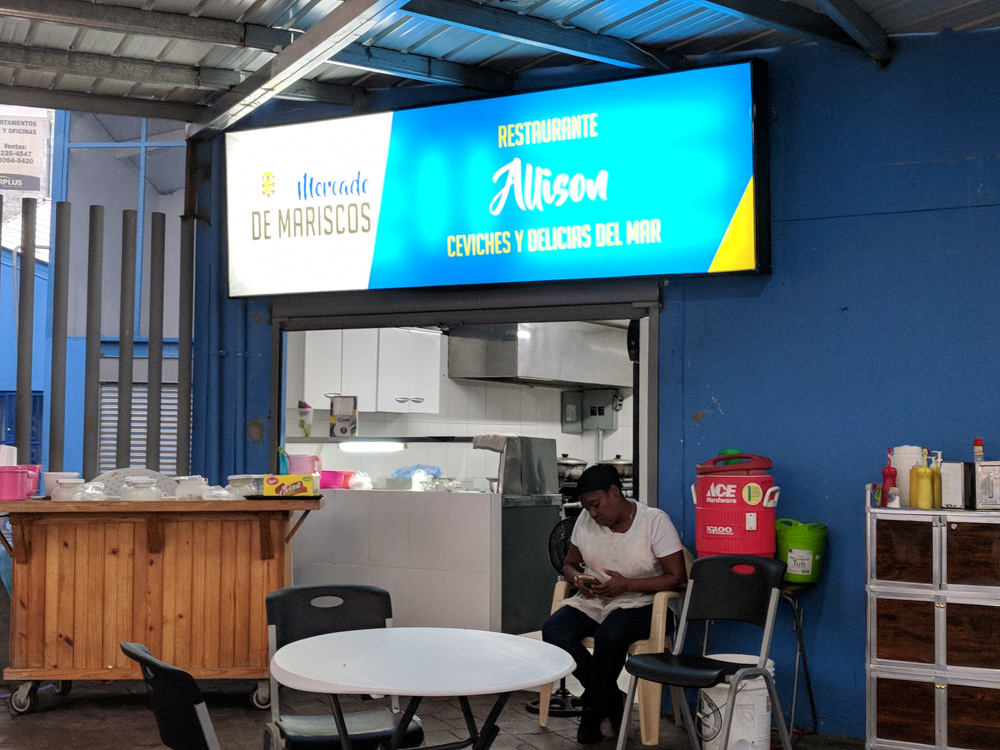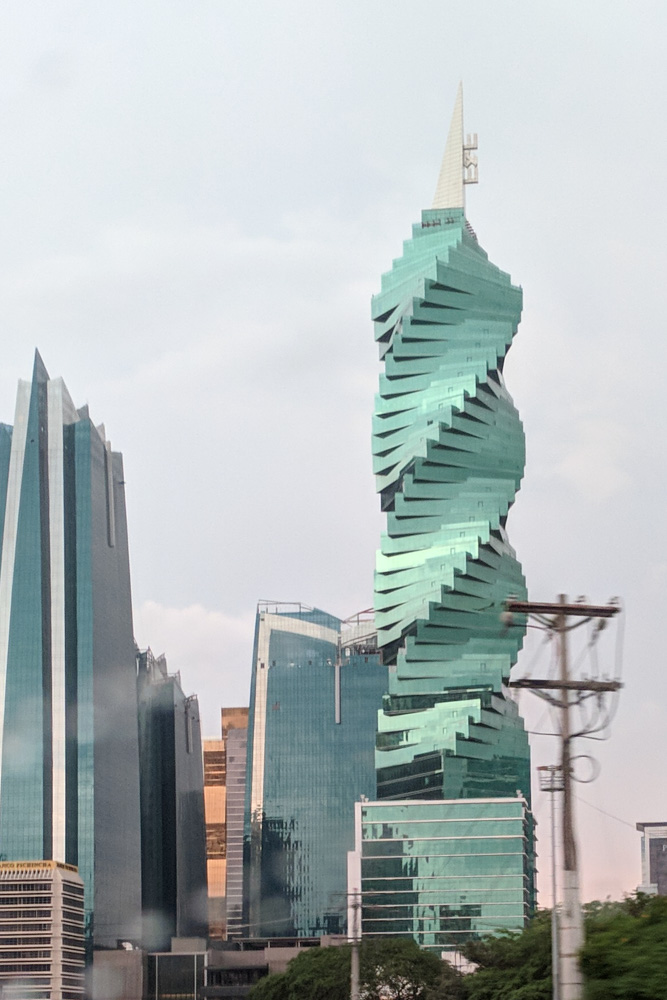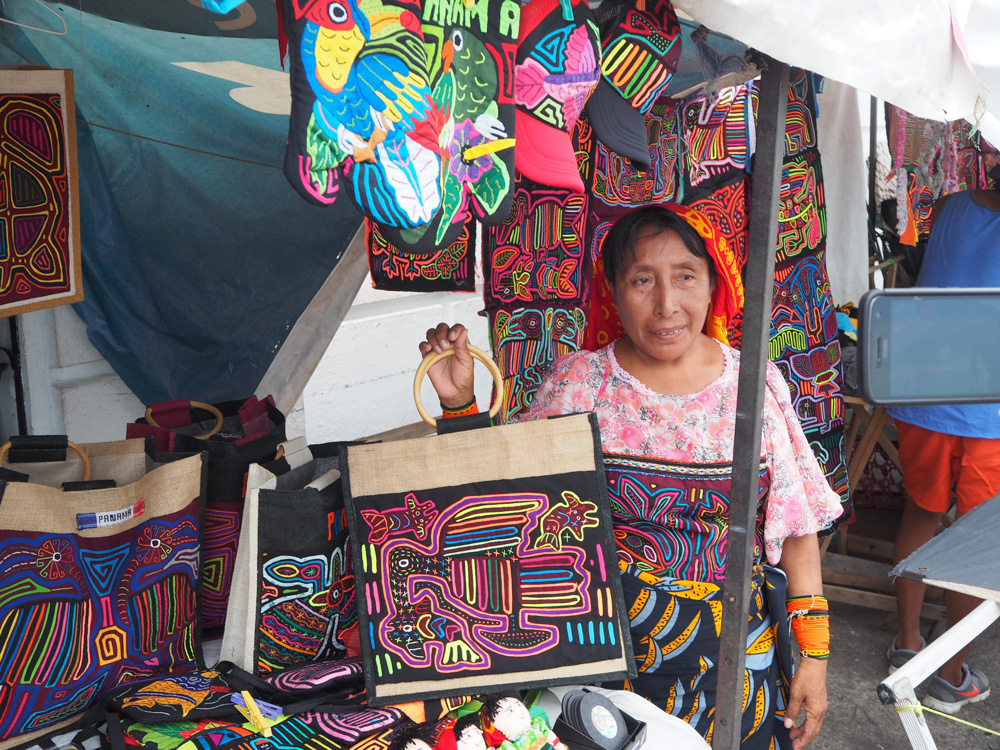When planning the trip, we intentionally flew on Copa Airlines because of the stopover in Panama City. The thinking was if we’re flying through Panama City, we might as well stop for a few days. We flew out of Paraguay at 1:00am this morning and arrived in Panama shortly after 6:00am. Unfortunately, we couldn’t check into our Airbnb right away as there was someone checking out later in the morning. So, we had to kill a few hours at the airport before heading to the apartment.
After checking in we both crashed for a nap. I have never been able to sleep on airplanes so the overnight flights can definitely take a toll.
We were staying in a loft apartment on the edge of Casco Viejo, also know as the old quarter. Panama City has a very interesting history.
In 1519, the first Panama City was established just outside the location of the current city. Over the decades the city survived multiple fires, pirate attacks, slave rebellions, and earthquakes. Then in 1671 pirate Henry Morgan (the namesake for Captain Morgan rum ) lead a force which sacked the city and then destroyed it with fire. Today this location is a set of ruins called Panama Viejo. We attempted to visit but when we arrived it was already closed for the day.
After the defeat at Panama Viejo, leaders realized it was necessary to build the new capital in an easier to defend location. The second incarnation of Panama City was constructed on a peninsula a few miles west of Panama Viejo. In more recent times the city has migrated to a modern downtown area and the peninsula has become know as Casco Viejo. Both Panama Viejo and Casco Viejo have been designated UNESCO World Heritage sites.
Our first night out we we wandered Casco Viejo a bit and tracked down a grocery store to stock up for the next few days. The area is an eclectic mix of historic buildings, abandoned buildings, trendy restaurants, gift shops, and community stores. Because it’s a UNESCO site, progress on renovating some of the more dilapidated buildings moves at a snails pace.
We had dinner at a restaurant called Diablicos, which displayed a large collection of devils masks used during celebrations throughout the year, but most notably the religious feast of Corpus Christi. We heard multiple explanations as to why the masks exist in the first place. Some claim they were introduced by Christians attempting to teach the concept of the devil. Another told us the masks represent slave owners and yet another indicated they were introduced to promote discussion regarding the battle between good and evil. I’m not sure which is true, but I can say they are fascinating to see in person.
When we were hunting for a grocery store it didn’t take long to get out of the more touristy area and into the poor neighborhoods surrounding it. I never fell unsafe, but these areas are not anything you would ever see in a tourism brochure. We picked up some food and made our way back to the apartment for the night.
More of Panama City tomorrow…
Will


